Special Investigation: Geoengineering & Weather Modification in Canada, Part 1
Special Investigation Report by Dan Fournier, published Friday, September 29, 12:25 EDT on fournier.substack.com
Screenshot of Canada’s Treaty E103819 ‘Agreement Between Canada and the United States of America Relating to the Exchange of Information on Weather Modification Activities.’ with country flags superimposed. Original source: https://www.treaty-accord.gc.ca/text-texte.aspx?id=103819
This is Part 1 of this series. The other parts will be posted in the next week or two.
Please note that if this post gets removed from Substack, an archived version can be consulted at https://archive.ph/OvvzE.
This comprehensive post is segmented as follows; so feel free to skip to the section that interests you most. Note: hyperlinks to each section will be inserted/added as soon as the various parts get posted.
PART 1: (this post):
1.4 Canada’s involvement in Geoengineering Research and Programs
1.5 Selected Photos and Videos of Geoengineering Activities from across Canada
1.6 Canadian Laws & Treaties related to Weather and Weather Modification
1.7 Up in the Sky: Layers of the Earth’s Atmosphere, Altitudes, and Pollution
1.8 Appendix A: 96 Weeks of Spraying over the city Sherbrooke, Quebec
1.11 Appendix D: Patents related to Geoengineering and Weather Modification
2.1 NAV CANADA – A Private Company Controlling all of Canada’s Airspace
2.2 What’s up with the Wildfires in Canada, the U.S./Hawaii? & Climate Alarmism
2.3 Agricultural Considerations including our Water & Food Supply
2.7 5G, Radio Frequency & Microwave Radiation used in Geoengineering
2.8 Appendix E: Chemicals, Metals, & Substances found in Sprayings
3.1 Transparency surrounding Geoengineering Activities in Canada & the U.S.
3.3 Bills to Ban Geoengineering Activities and Weather Modification
3.5 Take Action: What you can do at the local level about Geoengineering & Radiation Levels
1.1 Introduction
The topics of Geoengineering and Weather Modification are ones that have been in the spotlight recently.
Whether it is due to the increased rhetoric surrounding Climate Change, the increase in instances of wildfires across Canada and elsewhere, or simply the “sucky” weather that has recently been plaguing us Canadians who love the great outdoors, the topic is one of great importance.
The term geoengineering itself is at times found to be one that is surrounded with “conspiratorial” aspects, and is one that is sometimes considered controversial.
The mainstream media often talks about the weather, but not too often about geoengineering and weather modification activities that have undoubtedly increased significantly over the past few decades.
This comprehensive work will, therefore, attempt to shed some much needed light on the topic.
This author has attempted to obtain the best quality information on geoengineering and weather modification – particularly as they pertain to Canada, and has also tried to provide an objective assessment by providing factual information and refraining from offering personal and subjective comments.
The information and facts provided will let the reader draw their own conclusions surrounding the nature, purpose, and motives of geoengineering and weather modification, and how these may impact their own lives and environment in which they live and breathe.
1.2 What are Geoengineering & Weather Modification?
According to GlobalSkyWatch.org, Geoengineering, sometimes also called Climate Engineering, is the name used to define the intentional process of altering or "engineering" the Earth's atmosphere.
The ClimateViewer News blog defines geoengineering as follows [with original links preserved and some emphasis added]:
“Geoengineering: Also known as Climate Engineering or Climate Intervention, Geoengineering is the inadvertent (unintentional or "accidental") or intentional attempt by humans to control the temperature of the world and/or modify nature on massive scales to achieve a desired result...”
The same page of the blog also defines Weather Modification as follows:
“Weather Modification: Is the inadvertent or intentional attempt by humans to control rainfall, hail, lightning, cyclones, and any other tropospheric weather phenomenon.”
Geoengineering can be used for various purposes such as weather modification, enhancing agricultural crop yields, weather warfare, and to mitigate the effects of Climate Change.
Many different types of geoengineering activities exist and take place such as Cloud Seeding, Stratospheric Aerosol Injects (SAIs), and Solar Radiation Management (SRM), among many others. For the purpose of this work, these three activities will be explored.
Infographic showing various geoengineering methods. Image source: Princeton Student Climate Initiative’s What is Geoengineering? Earth's "Climate Plan B"? post, Princeton University.
The reader may want to have a look at section 1.7 Up in the Sky: Layers of the Earth’s Atmosphere, Altitudes, and Pollution in this post to first get a general understanding of the layers of the Earth’s atmosphere before reading the rest of this section.
1.2.1 Cloud Seeding
Cloud seeding has been around since the late 19th and early 20th centuries.
What is Cloud Seeding?
The Desert Research Institute (DRI) explains cloud seeding as follows:
“Clouds are made up of tiny water droplets or ice crystals that form when water vapor in the atmosphere cools and condenses around a tiny particle of dust or salt floating in the atmosphere. Without these particles, known as condensation or ice nuclei, raindrops or snowflakes cannot form and precipitation will not occur.
Cloud seeding is a weather modification technique that improves a cloud’s ability to produce rain or snow by introducing tiny ice nuclei into certain types of subfreezing clouds. These nuclei provide a base for snowflakes to form.”
They go on to explain that cloud seeding can be done from ground-based generators or aircraft. For the latter, solid and liquid aerosols can be used.
Silver iodide is the principal compound used to aid in the formation of ice crystals, though potassium iodide and dry ice also serve the purpose.
There are advantages and disadvantages of cloud seeding.
Benefits of cloud seeding include the ability to induce, or increase, rainfall (for regions needing rain), and hail suppression.
Drawbacks to cloud seeding include excessive amounts of rainfall (or snowfall), decreased passage of sunlight, and concerns about the toxicity of particulates used in the process.
Apart from the numerous benefits of cloud seeding technology, there has been some concerns about its effects – not only on weather systems and the environment, but also on its health effects and impacts on humans and animal life.
One such example took place in the 1960s in Lac Saint-Jean, Quebec province. It was called Operation Umbrella which was deemed “too successful,” as it resulted in depriving the local population – particularly children – from sufficient exposure to sunlight. Backlash ensued whereby parents grumbled about the lack of natural vitamin D for their children. As a result, the Quebec Minister of Natural Resources had to cease the cloud seeding program.
Screenshot of a Weather Modification article from The Canadian Encyclopedia describing ‘Operation Umbrella’, a cloud seeding program which took place in Lac Saint-Jean, Quebec province, in 1965.
Since then, many other examples of cloud seeding programs – along with their praises and criticisms – have ensued.
1.2.2 Stratospheric Aerosol Injections (SAIs)
The general idea is to use SAIs as a means of deflecting part of the sun’s rays, preventing them from reaching the surface of the Earth (as is the main premise of Solar Radiation Management, or SRM, explained in the next sub-section) so as to prevent alleged temperature increases due to anthropogenic (man-made) climate change.
Several studies and research papers have been made available on the topic of using Stratospheric Aerosol Injections, or SAIs, in this context.
For the most part, they propose and evaluate the use of SAIs to mitigate the effects of alleged climate change.
Moreover, these papers examine their use, including substances such as aluminum, methods of delivery, and potential impacts on humans and the natural environment.
The studies vary in these respects and some can be browsed via the following links:
Solar geoengineering using solid aerosol in the stratosphere, April 21, 2015 from Atmospheric Chemistry and Physics – journal of the European Geosciences Union (EGU); PDF: https://acp.copernicus.org/articles/15/11835/2015/acp-15-11835-2015.pdf;
Assessing the direct occupational and public health impacts of solar radiation management with stratospheric aerosols, January 2016, Effiong and Neitzel Environmental Health;
Stratospheric Aerosol Geoengineering by Prof. Alan Robock, Department of Environmental Sciences at Rutgers University;
While analyzing and fully interpreting the contents of these papers is beyond the scope of this post and its author’s area of expertise, some data and figures can nonetheless be presented to the reader for their perusal.
From the second paper listed above, the following graphs, tables, and related health concerns (with original images, captions, and links) are excerpted.
Illustration showing the reflection and absorption of solar radiation, taken from page 2 of the paper Assessing the direct occupational and public health impacts of solar radiation management with stratospheric aerosols.
For more information about the above graphic’s title – Earth’s Radiation Budget, the reader can refer to a web page from NASA titled What is the Earth's Radiation Budget? which provides more information.
“The Earth's Radiation Budget is a concept used for understanding:
How much energy the Earth gets from the Sunand
How much energy the Earth-system radiates back to outer space as invisible light.”
A figure showing potential methods for solar radiation management and carbon dioxide removal – including Cloud Seeding and Stratospheric Aerosol particle spraying from aircraft, taken from page 3 of the paper Assessing the direct occupational and public health impacts of solar radiation management with stratospheric aerosols.
A table showing human health effects associated to specific aerosol substances such as aluminium and barium compounds, taken from potential SRM aerosols on page 4 of the paper Assessing the direct occupational and public health impacts of solar radiation management with stratospheric aerosols.
A table showing occupational exposure standards (U.S.) for substances that may be utilised in solar radiation management from page 6 of the paper Assessing the direct occupational and public health impacts of solar radiation management with stratospheric aerosols.
A Phys.org report from October of 2018 titled Models suggest injection of sulfate aerosols into the stratosphere could have unintended consequences saw a team of researchers from the National Center for Atmospheric Research, the Pacific Northwest National Laboratory and Cornell University use 20 computer simulations to demonstrate the impact of adding sulfate aerosols to the stratosphere in the manner as proposed [through SAI]. Though the researchers report (in their research paper published in nature geoscience) that overall, the models showed the desired cooling impact, they also showed the less desirable outcome in reduced global rainfall which could inevitably have grave consequences on various ecosystems (depending on the region), including oceanographic ones, as well as agriculture.
As the use of Stratospheric Aerosol Injections remains controversial due to its foreseeable negative impacts on human health and the natural environment; and though this geoengineering method may appear to only be a proposed one, there is substantial evidence that points to its current existence and use by various parties in multiple countries. Some of this evidence will be presented in various sections of this three-part investigation series as well as in sources referenced.
1.2.3 Solar Radiation Management (SRM)
According to the U.K.-based NGO The Degrees Initiative (formerly called ‘Solar Radiation Management Governance Initiative’), Solar Radiation Management (SRM) is a controversial proposal for reducing some of the impacts of climate change by reflecting a small fraction of sunlight away from the Earth.
They add the following [with some emphasis added]:
“While there are a number of proposed techniques for reflecting sunlight through SRM, Degrees primarily focuses on Stratospheric Aerosol Injection (SAI). This form of SRM proposes injecting tiny reflective aerosols into the upper atmosphere to replicate the cooling effect of major volcanic eruptions.”
Apart from the NGO The Degrees Initiative, several organisations and universities are involved with SRM research such as the Forum for Climate Engineering Assessment, the Harvard Solar Geoengineering Research Program who previously employed Canadian researcher David Keith, and the Carnegie Climate Governance Initiative (C2G2).
A significant body of literature about SRM can be consulted via these aforementioned institutions.
As recently as this past June, and according to Zerogeoengineering.com, the White House in the United States announced their Solar Radiation Modification Plan to block the sun.
Titled “Congressionally Mandated Research Plan and an Initial Research Governance Framework Related to Solar Radiation Management, (June 2023)” their plan is to deploy geoengineering programs, that are being framed as “research,” as Zerogeoengineering.com notes.
The following image from the document provides an overview of the Solar Climate Intervention Methods proposed in their plan.
Figure 1. The most widely discussed forms of solar radiation modification increase the quantity of solar radiation reflected back into space, including surface albedo enhancement, marine cloud brightening (MCB), stratospheric aerosol injection (SAI), and space-based methods. Source: page 14 of the Congressionally Mandated Research Plan and an Initial Research Governance Framework Related to Solar Radiation Management, (June 2023).
A large part of the plan is focused on atmospheric-based approaches, such as Stratospheric Aerosol Injections (SAI).
And the following figure shows various aircraft types that would be employed for the Stratospheric Aerosol Injection (SAI) method used for “research purposes” (as conducted by NASA, NOAA, and the NSF, or National Science Foundation) in the program:
Figure 3. Examples of U.S. research aircraft with nominal performance specifications shown in order of maximum operating altitude vertically and nominal payload horizontally. Source: page 20 of the Congressionally Mandated Research Plan and an Initial Research Governance Framework Related to Solar Radiation Management, (June 2023).
The Executive Summary of the congressional report states the following with regards to potential impacts posed on the health of individuals who would be exposed to SRM [with original emphasis]:
“The potential risks and benefits to human health and well-being associated with scenarios involving the use of SRM need to be considered relative to the risks and benefits associated with plausible trajectories of ongoing climate change not involving SRM. This “risk vs. risk” framing, along with cultural, moral, and ethical considerations, would contribute to the necessary context in which policymakers can consider the potential suitability of SRM as a component of climate policy.”
Moreover, they note the potential disruption and “alteration of solar energy,” determined by SRM methods used with “ramifications which are not now well understood.”
In other words, there is a significant potential for the disruption of natural solar radiation in its role in our complex climate system.
“Decisions concerning whether and how to deploy SRM should be based upon an understanding of the risk and benefits to human health,” noted the report’s summary for section C (Socioeconomic and Ecological Outcomes).
Zerogeoengineering.com also notes:
“The schemes involve the intentional release of chemical aerosols to block sunlight from reaching the Earth. The document acknowledges harmful potential consequences of deliberately contaminating the air, such as increased public exposure to particulate matter and toxic air pollution, psychological impacts, changes in the color of the sky, precipitation reduction, reduction of crop yields, and other “known unknowns.””
And as Dr. Joseph Mercola notes, SRM can have “unintended consequences, including lower average precipitation, loss of biodiversity and impacts on food production, along with heightening geopolitical tensions.”
Due to Solar Radiation Management (SRM)’s controversial nature, similar to SAIs, there have been scientists from around the world who have expressed their concerns due to their potential impacts on human health and the environment.
Many sources are available on the subject for further reading and scrutiny; here are some of them:
Union of Concerned Scientists – What is Solar Engineering?
Harvard’s Center for Research on Computation and Society (CRCS) – Belfer Technology Factsheet Series: Solar Geoengineering (alternate link here)
Forbes – A Bill Gates Venture Aims To Spray Dust Into The Atmosphere To Block The Sun. What Could Go Wrong?
Basil’s Newsletter – Bill Gates Latest Insanity, Spraying Sulfur Particles To Block The Sun, Is A Recipe For Climate Disaster
Watts Up With That? – Scientists Notice: Nightmare Sulfur Injection Geoengineering Plan Might Cause Problems
Solar Geoengineering Non-Use Agreement
One such warning came on January 17, 2022, from more than 60 senior climate scientists and governance scholars as per their Solar Geoengineering Non-Use Agreement. Their website further notes that hundreds of scholars now support the call for a Non-Use Agreement, and note the following on the matter:
“Solar geoengineering deployment cannot be fairly governed globally and poses unacceptable risk if implemented as a future climate policy option.
We call on fellow academics, civil society organizations and concerned individuals to sign our open letter to governments, the United Nations and other actors to stop development and potential use of planetary-scale solar geoengineering technologies.”
The initiative describes what Solar Geoengineering is and entails as follows:
“Solar geoengineering (also known as solar radiation management or modification, SRM), refers to a set of speculative technologies to lower global temperatures by artificially intervening in the climate systems of our planet. Simply put, solar geoengineering interventions would reflect some incoming sunlight back into space and hence ‘dim the sun.’”
Their call, based on their Open Letter (available in multiple languages, including French) is directed “at governments and the United Nations, but also open for endorsement and support by civil society organizations, from environmentalists, human rights organizations, and national and international research institutions.”
Part of their Open Letter shares the following fundamental concerns [with emphasis added]:
“First, the risks of solar geoengineering are poorly understood and can never be fully known. Impacts will vary across regions, and there are uncertainties about the effects on weather patterns, agriculture, and the provision of basic needs of food and water.
...
Third, the current global governance system is unfit to develop and implement the far-reaching agreements needed to maintain fair, inclusive, and effective political control over solar geoengineering deployment. The United Nations General Assembly, the United Nations Environment Programme or the United Nations Framework Convention on Climate Change are all incapable of guaranteeing equitable and effective multilateral control over deployment of solar geoengineering technologies at planetary scale. ”
Their ‘About This Initiative’ page also notes that to date, 450+ academics from 60+ countries have supported our call. The following Canadian academics figure among the list of signatories:
Prof. Steven Bernstein, Professor of Global Environmental and Sustainability Governance, University of Toronto Co-Director, Environmental Governance Lab, Munk School of Global Affairs and Public Policy Co-Editor, Global Environmental Politics;
Prof. Jennifer Clapp, Professor and Canada Research Chair, University of Waterloo; Vice-Chair, Steering Committee of the High Level Panel of Experts on Food Security and Nutrition (UN Committee on World Food Security); Member, International Panel of Experts on Sustainable Food Systems; Fellow of the Royal Society of Canada; Contributing author to IPCC 6th Assessment Report;
Prof. Simon Dalby, Professor, Balsillie School of International Affairs, Wilfrid Laurier University;
Prof. Peter Dauvergne, Professor of International Relations, Department of Political Science, University of British Columbia;
Prof. Matthew Hoffmann, Professor, Department of Political Science, University of Toronto;
Prof. Emeritus William E. Rees, FRSC, University of British Columbia, School of Community and Regional Planning, Faculty of Applied Science;
Dr. Adeniyi Asiyanb, Assistant Professor, Department of Community Culture and Global Studies, University of British Columbia Okanagan;
Jean Philippe Sapinski, PhD, Assistant Professor of Environmental Studies, Université de Moncton;
Dr. Jonathan Shaw, Adjunct faculty, Global Development Studies, Queen’s University;
Prof. Mark Vardy, Criminology Department, Kwantlen Polytechnic University;
Dr. Tim Crownshaw, University of Victoria;
Dr. Christopher Lyon, Department of Natural Resource Sciences, McGill University;
Dr. Kyla Tienhaara, Queen’s University;
Prof. Christian Giguère, Professor, Faculty of Health Sciences, University of Ottawa;
Prof. Darin Barney, Grierson Chair in Communication Studies, McGill University;
Dr. Amy Janzwood, SSHRC Postdoctoral Fellow, Department of Political Science, The University of British Columbia;
Prof. M. V. Ramana, Professor, School of Public Policy and Global Affairs, University of British Columbia;
Victor Martinez, PhD, Wilson School of Design, Kwantlen Polytechnic University;
In the Media-News section of their website, they state that over 80,100 articles have mentioned the solar geoengineering non-use agreement to date with the following being some of the most widely distributed ones:
Science The Wire – In Major Move, Global Coalition Pushes for Moratorium on Solar Geoengineering, Jan. 11, 2022
The Guardian – Can geoengineering fix the climate? Hundreds of scientists say not so fast, Dec. 25, 2022
Forbes – Solar Geoengineering: Why Bill Gates Wants It, But These Experts Want To Stop It, Jan. 20, 2022 (see also A Bill Gates Venture Aims To Spray Dust Into The Atmosphere To Block The Sun. What Could Go Wrong?)
Climate Home News – High-risk geoengineering technologies won’t reverse climate breakdown, March 1, 2022
Phys.org – Dimming Sun's rays should be off-limits, say experts, Jan. 17, 2022
1.3 Tropospheric Aerosols, Contrails or Chemtrails?
Natural and anthropogenic (man-made) aerosols don’t only occur in the stratosphere, but also in the troposphere (note: see section 1.7 Up in the Sky: Layers of the Earth’s Atmosphere, Altitudes, and Pollution for added clarity on the different layers of the atmosphere).
A Fact Sheet provided by the National Oceanic and Atmospheric Administration (NOAA) provides an excellent overview of Tropospheric Aerosols and Climate and aerosols in general.
Description of naturally occurring aerosols in the troposphere portion of the atmosphere. Source: National Oceanic and Atmospheric Administration (NOAA)’s State of the Science FACT SHEET: Tropospheric Aerosols and Climate.
As can be seen in the figure above, some anthropogenic aerosols can be produced and emitted from aircraft – similarly with SAIs described earlier.
Contrails or Chemtrails?
There is an ongoing, somewhat controversial, debate in the scientific community – and the general public – regarding aerosols dispersed by aircraft.
Many contend that they are merely exhaust or plumes emitted from aircraft that are naturally occurring condensation trails (contrails) comprised mostly of water vapour (which subsequently form as ice crystals due colder temperatures at high altitude), some C02, and byproducts of jet fuel exhaust; while others argue that they are comprised of harmful aerosol particulates (such as aluminium, barium, and strontium) which are sometimes referred to as chemtrails.
Such trails can vary in length, duration, and dispersion, depending on the prevailing atmospheric conditions (such as relative humidity and air temperature) that are present while aircraft are flying at different altitudes.
A common complaint by those who contend that chemical particulates are being sprayed by aircraft is that the trails last for unusually long periods such as several hours and disperse over large areas forming wide cirrus-looking clouds (see next section for visual examples) that stretch far and wide blanketing the sky, and thus partially blocking the suns rays.
Counter to those complaints are those who argue that such cirrus-like clouds are completely naturally-occurring and have been around for several decades.
In the video linked just above, the person presents a series of excerpts from books going back to the 1950s that show contrails emitted from aircraft along with cirriform clouds.
The problem, however, is that images from his books that are dated past 1980 show clouds that could have been produced from stratospheric (or tropospheric) aerosol sprayings from specific programs like those seen with SAIs since we know that they existed as early as back then.
For the books that he shows prior to that period (such as those from the 1950s and 1960s), the images are flashed very quickly on screen, they not very clear and discernible, and they do not show very wide exposure or perspective of the sky.
Here is an example of one photograph that shows such widespread formation of thin, wispy, cirriform-like clouds that surround fresh trails:
Photograph taken by this author on 2022-06-15 in the city of Sherbrooke, Quebec province. The sky portion of the photograph shows 2 trails, some puffy natural clouds (directly above the houses on the right-hand side), and the rest of the sky above (top half of the photo) with thin, wispy, cirrus-like clouds blanketing a very large portion of the sky which were produced by prior trails observed by the photographer.
In order to get a better, wider, view in which we can see such an unnatural cloud formation, we can have a look at the following video taken from the same day (2022-06-15) in the same city (Sherbrooke, Quebec) which shows a nearly 360 degree view of the sky which is completely covered; moreover, at the start of the video we can see a very long trail which spans several kilometres in length.
As the video cannot be embedded in this Substack post, here is a screenshot image of it (click to view the full video):
More photos and videos will be presented and viewable in sections 1.5 and 1.8 further below.
The answer to the question (Contrails or Chemtrails?), may still remain somewhat elusive to some, especially given the complex dynamics involved in atmospheric conditions, types of aircraft and jet fuel used, along with other considerations such as SAIs and SRM as described earlier, not excluding military-related applications and weather warfare programs.
Therefore, a more thorough and scientific examination is in order.
Scientist J. Marvin Herndon has published a series of scientific papers on these matters as well as a book titled Chemtrails are not Contrails: The Face of Evil with co-author Dr. Mark Whiteside.
Book cover for the April 8, 2022 paperback edition of Chemtrails are not Contrails: The Face of Evil, by J. Marvin Herndon, PhD and Mark Whiteside, M.D.
The book outlines the fundamental, science-based, facts and characteristics of contrails and chemtrails.
In the first chapter of his book under the ‘Contrails Facts’ section on page 5, Herndon notes [with original emphasis, and footnotes hyperlinked]:
“When hydrocarbons are burned in aircraft engines, one of the by-products is gaseous water. If engine exhaust contains appreciable moisture, and the atmosphere is very cold and very humid under special circumstances ice-crystals form a short trail behind the aircraft, dubbed contrails. In the low-atmospheric-pressures where modern aircraft fly, the ice-crystals, if they form, instead of melting, directly evaporate becoming invisible water gas [24, 25]. Jet engine-exhaust ice-crystals contrails do not produce long trails in the sky and do not produce a white haze in the sky.”
The authors further support this claim with a referenced figure:
Figure 1-3. Comparison of contrails with a chemtrail. Chemtrails are not contrails. Courtesy of Bornfree and Russ Tanner of globalskywatch.com. Source: page 6 of Contrails are not Chemtrails by J. Marvin Herndon.
Looking at Figure 1-3 from the book above, we can see that two aircraft are producing normal contrails, as opposed to the other aircraft which is producing what is a [much longer] chemtrail.
On numerous occasions, this author has also photographed and shot video of such occurrences with the latest one being from just a few days ago, namely on September 24, 2023:
Photograph taken on 2023-09-24 at 2:05 pm in Magog, Quebec, showing an aircraft dispersing a long trail against the backdrop of a haze-cloud filled sky (dispersions from previous trails).
Less than an hour later, a video was taken in the same location showing another aircraft dispersing what appears to be a normal contrail which dissipated quickly. Here is a screenshot image of it:
Screenshot image taken video on 2023-09-24 at 3:00 pm from the same location in Magog, Quebec, showing another aircraft dispersing a seemingly normal contrail that has dissipated quickly and in short distance behind the aircraft (click to see the video). Click here to see a second video of this same aircraft, one minute later, at 3:01 pm.
An earlier occurrence from April 15, 2023 can be viewed hereunder (click on the image screenshot below to view the video).
Screenshot of a taken on 2023-04-15 at 10:26 am in Sherbrooke, Quebec, showing an aircraft emitting a normal, short-distance contrail (circled in red), alongside a previously emitted long chemtrail; click image to view the full video.
Returning to the book, in the same chapter, the authors then proceed to outline distinguishing characteristics and “behaviours” of contrails versus chemtrails.
In the second chapter, ‘What constitutes chemtrails,’ the authors mentions that in the “late 1990s concerned citizens began to report particulate trails being sprayed by jet aircraft into the troposphere, dubbed chemtrails by many [3].” They then point the reader to the first figure of the chapter that shows contemporary examples of chemtrail activities in various parts of the world.
Figure 2-1. Clockwise from upper left: New York, New York, USA; Warrington, Cheshire, UK; UK looking toward France; Luxembourg, From 33. Source: page 12 of Contrails are not Chemtrails by J. Marvin Herndon. A higher-resolution version of the same image can be viewed here.
Interestingly, the authors also mention that following worries and concerns by ordinary citizens on the aerial sprayings, formal inquiries were made in both the Canadian Parliament as well as the European Parliament on the subject.
For the Canadian inquiry, MP Alex Atamanenko from British Columbia brought forth the concerns of his constituents at the 41st, 2nd Parliamentary session:
As the Government of Canada had 45 days to respond to the inquiry put forward by the MP from BC, a December 28, 2013, response was rendered with the core of the response being that what citizens were seeing were merely “regular aircraft condensation trails.” And this was despite citizens specifically differentiating between the different kinds of trails they had witnessed.
An earlier 2003 petition to the Canadian House of Commons was also made by concerned citizens which was followed by an eschewing response; and this, despite very distinctive evidence presented which differentiated between flights producing contrail-like trails versus chemtrail-like ones.
Returning the book’s second chapter, the authors noted that at the time (in the 1990s) people began taking rainwater samples which they had analysed by laboratories upon which traces of metals such as aluminum, barium, and strontium were found causing them worry. In February of 2016, Herndon published a paper to further analyze the findings. On page 13 of his book he stated:
“The laboratory results were frequently misinterpreted by non-scientists who believed that lab-results implied that aluminium metal, barium metal, and strontium metal were being jet-sprayed into the air. That is a mistaken belief and requires some explanation.”
The researcher further reiterates the false interpretation by stating that aluminum oxide and barium sulfate are highly insoluble in water.
The authors, however, still contended that massive amounts of whatever substance was being sprayed had to contain aluminum which was found in the rainwater samples. For this, they consulted academic literature which pointed to coal fly ash (toxic waste produced by industrial coal burning) as the possible the source (which produced the metals being present in the rainwater from the laboratory tests).
“The annual production of coal fly ash reported in 2014 was 130 million metric tons [41],” the authors noted.
“This could be a sufficient supply to jet-spray as an aerosol on the scale observed,” they further remarked before affirming that [with some emphasis added]:
“Notably, a Spanish laboratory’s experiments were conducted in 2005, where they mixed samples of coal fly ash with distilled water for 24 hours. The results showed at least 38 elements were partially dissolved in the water [42]. The dissolved elements included aluminum, barium, and strontium.”
The authors then say that given the toxicity of coal fly ash emitted from smokestacks at coal burning plants, Western nations trapped and sequestered it large quantities; further positing, perhaps controversially and arguably, that they could be used as the substances in aerial spraying programs.
As odd as this may seem, this author has included this presumption since a legal case concerning aerosol spraying in Canada whereby coal fly ash is the principal culprit. This case will be presented in Part 3 (3.2 Lawsuits about Geoengineering in Canada).
On another front with regards to comparing contrails with chemtrails, the authors, along with Raymond D. Hoisington (from iRay SpectraMetric) published a March 2020 paper titled Chemtrails are Not Contrails: Radiometric Evidence (click here for the PDF, or here for the French version).
The lead researcher J. Marvin Herndon, a widely published scientist with no less than 177 publications, offers the following premise of this research paper:
“Aims: Concerted efforts are made to deceive the public into falsely believing the jet-emplaced tropospheric aerosol trails, called chemtrails by some, are harmless ice-crystal contrails from aircraft engine exhaust-moisture. Our objective is to use radiometric measurements in the range 250-300 nm to show that a typical chemtrail is not a contrail, and to generalize that finding with additional data.”
As for the results presented, they contend that their research data suggests that the “during-transit absorption is wholly inconsistent with the almost negligible adsorption by ice, but is wholly consistent with absorption by aerosolize particulates, including coal fly ash.” which implies that aerosol particulates (such as those produced from a coal fly ash base) are prevalent in contrails, rather than the purported persistence of ice crystal-based trails.
The Conclusions portion of the study reads as follows:
J. Marvin Herndon presents a lot more information about coal fly ash in his aforementioned book (see Chapter 3. What is Coal Fly Ash? Why is it Bad?).
Many other of his research articles are available on his website nuclearplanet.com. But to keep this section at a manageable length and for the purpose and scope of this post, this discussion about contrails versus chemtrails will have to suffice.
Readers, scientists, pilots, and others are certainly invited to dig into the debate further and post comments and thoughts below.
1.4 Canada’s involvement in Geoengineering Research and Programs
Canada has been involved in multiple programs related to Geoengineering stretching as far back as during the Second World War. Here are some selected ones.
The Stormy Weather Group (1943 to 1968)
“In 1943, Project Stormy Weather was assigned to Stewart Marshall, of the Canadian Army Operational Research Group. Working with him were Walter Palmer, direct from honours physics at McGill, and R.C. Langille, from explosives chemistry with George Wright in Toronto. J.T. Wilson as Director of Operational Research, and D.C. Rose as S.A.C.G.S. and head of the Group, assigned the project which was to make use of the weather echoes that had appeared, primarily as a nuisance, with the introduction of microwave radar.”
The description above comes from an August 1968 report titled THREE McGILL WEATHER OBSERVATORIES, SMALLWOOD McLEOD STORMY WEATHER.
According to Wikipedia’s J. S. Marshall Radar Observatory page, In 1943, "Project Stormy Weather" was assigned to John Steward Marshall by the Department of National Defence (of Canada).
What is the Stormy Weather Group?
According to an archived page from McGill University’s JS Marshall Radar Observatory (based in Montreal, Canada), following improvements in radar technology during World War II and beyond, the “Canadian Army Operational Research Group started project Stormy Weather in 1943 with J. Stewart Marshall at its head. The group was moved to McGill after the war and became the Stormy Weather Group.”
Though the group was primarily concerned with with gaining a better understanding of weather and cloud dynamics and precipitation microphysics through the use of increasingly improved radar equipment and technology, they also engaged in experimentation.
In the ‘Stormy Weather Group Chronology’ section of the aforementioned 1968 report document, the following programs were conducted by the group:
1950: Scattering by aspherical particles
1950: Development of particle-sized distributions
1956: Generating cells, Rain by coalescence
1956: The commencement of the Alberta Hail Project
Related study and works related to weather radars and more continued in subsequent years, and even today, with support from the Federal Government.
Alberta Weather Modification Program (a Five Year Study from 1980 to 1985)
A report from the Advisory Committee on Weather Modification was presented to the Minister of Agriculture of the Government of Alberta in October of 1986.
It focused on a five-year study on weather modification from 1980 to 1985 which at the time they classed as “one of the leading weather modification projects in the world,” in consideration that over 40 countries had such endeavours back then.
Research and operational studies were conducted which focused primarily on three weather modification activities: hail suppression, rain augmentation, and snowpack increase.
Perhaps a bit surprising, even back in 1986 the report noted when discussing rain augmentation that “ground-based silver iodide generators, with and without airborne support, have been in use for over 30 years,” suggesting that such kinds of ground-based cloud seeding operations had been around since around the mid 1950s.
The report outlined several benefits of these weather modification methods along with recommendations for continued study; but, the report failed to address possible negative health and environmental impacts that could also be present in such programs.
Canada’s decision to not adhere to the United Nations’ 2010 Geoengineering Moratorium
It is a little known fact that Canada, like the United States, has decided to not adhere to the 2010 decision adopted at COP10 in Nagoya Japan in which member states agreed to disallow geoengineering activities to take place which could affect biodiversity despite being a signatory to the Convention on Biological Diversity (CBD) – a multilateral treaty that is focused on conservation of biological diversity.
The text of the convention reads as follows [with emphasis added]:
“(w) Ensure, in line and consistent with decision IX/16 C, on ocean fertilization and biodiversity and climate change, in the absence of science based, global, transparent and effective control and regulatory mechanisms for geo-engineering, and in accordance with the precautionary approach and Article 14 of the Convention, that no climate-related geo- engineering activities that may affect biodiversity take place, until there is an adequate scientific basis on which to justify such activities and appropriate consideration of the associated risks for the environment and biodiversity and associated social, economic and cultural impacts, with the exception of small scale scientific research studies that would be conducted in a controlled setting in accordance with Article 3 of the Convention, and only if they are justified by the need to gather specific scientific data and are subject to a thorough prior assessment of the potential impacts on the environment;”
At the time, Chemical & Engineering News (C&EN) reported on the news with their article Countries Agree To Ban Geoengineering in which they stated:
“More than 190 nations agreed last week to ban geoengineering as part of action under a United Nations treaty to protect the diversity of life on Earth. The countries, which are parties to the 1992 UN Framework Convention on Biological Diversity, met for a conference of treaty partners in Nagoya, Japan.”
In fact, 193 nations had agreed to the Moratorium, leaving Canada and the United States as sore outliers.
ETCGroup, a Canadian research collective, also pushed for the geoengineering ban and provided a detailed explanatory document explaining the purpose and intricacies of the geoengineering moratorium under the UN Convention on Biological Diversity.
More information on the 2010 moratorium and related ill-health effects caused by geoengineering can be consulted via the following Slideshare document – The Consequences of Toxic Metals and Chemical Aerosols on Human Health.
Centre for International Governance Innovation – Making Terrestrial Geoengineering
Technologies Viable (a 2019 paper)
The paper, published in 2019 by the Centre for International Governance Innovation (CIGI), a think tank based in Waterloo, Ontario, is largely concerned with the reduction of greenhouse gases in the context of alleged anthropogenic (man-made) climate change.
On page 3 of their report they compare ‘Terrestrial Geoengineering’ (interventions made on the Earth’s surface to remove/reduce carbon) with ‘Climate Engineering’ with the former method deemed “superior” than the latter, further noting:
“Atmospheric climate engineering involves techniques undertaken in the atmosphere including stratospheric aerosol injection, cirrus cloud thinning, marine cloud brightening, cloud seeding and artificial precipitation. None of these techniques directly sequester atmospheric greenhouse gases, so they address neither the underlying source of today’s problems nor the immediate climate goals laid down in the Paris Agreement.
What is more, they involve substantial risks of misuse or unintended consequences.”
The paper’s Conclusion (on page 12) also noted the following [with emphasis added]:
“...Moreover, an all-out assault on carbon will risk interrupting the extremely sensitive, natural relationship between carbon and climate in ways that could spawn new planetary challenges.
In the search for other strategies that can help bring climate change under control, two distinct approaches have emerged. The first is atmospheric climate engineering, which is unlikely to attack the buildup of greenhouse gases that are the underlying cause of global warming, but will try to offset the effects by modifying global weather. Specific approaches pose uncertain, but potentially serious, risks. There also is a real danger that the new technologies could be used as weapons. Research must continue through international peer-reviewed mechanisms, but nations must recognize that non-consensual exploitation of climate engineering can have harmful environmental effects and can lead to a new kind of weather- and environment-related warfare. With any attempt at mitigating the effects of global warming, the natural climate of Earth must be left as untouched as possible.”
The conclusion of the research paper is quite clear, as it notes that employing atmospheric climate engineering (geoengineering) would essentially be ineffective at reducing greenhouse gases (carbon) and pose potential risks, including harmful environmental impacts and how they could be used as weapons in “weather warfare.” They prefer, instead, to leave the “natural climate of Earth” as “untouched as possible.”
Sixth International Summer School on Geoengineering Governance, 2019
The Sixth International Summer School on Geoengineering Governance, 2019 course was held in Banff, Alberta which included Canadian staff such as Dr. David Keith – formerly at Harvard in their Solar Geoengineering Research Program, but now working at the University of Chicago, and Juan Moreno-Cruz, Associate Professor and Canada Research Chair at the University of Waterloo’s Faculty of Environment.
The course focused on geoengineering governance and technologies – including controversial ones. “These technological responses appear to offer substantial risk-reduction opportunities, serious new risks, and novel and potentially severe governance challenges,” notes the course description page.
1.5 Selected Photos and Videos of Geoengineering Activities from across Canada
This section provides an abridged, photographic and videographic overview of the phenomenon to provide the reader with a general understanding of the visual nature of the dispersion of Stratoshperic Aerosol Injects (SAIs) by aircraft which has been occurring over Canadian skies for the past decade or more.
More photos and videos will be showcased in subsequent parts of this broader work, including a very detailed account that shows nearly two years of activities over this author’s city, namely Sherbrooke – situated in the Eastern Townships of the province of Quebec (see Appendix A in section 1.8 below).
But for now, it is important to provide a general aperçu which showcases the geographic scope and breath of these activities.
Click on the captions or image thumbnails to view larger versions.
Alberta
Calgary, 2014-11-18, submitted to the author.
Calgary, 2014-11-18, submitted to the author.
Calgary, 2015-11-12, submitted to the author.
Calgary, 2016-02-24, submitted to the author.
British Columbia
Gibsons, BC, 2022-06-08 showing 3 aircraft side-by-side producing trails, submitted to the author.
Gibsons, BC, 2022-06-08, submitted to the author.
Hastings–Sunrise neighbourhood in East Vancouver, BC, 2022-06-08, submitted to the author.
Hastings–Sunrise neighbourhood in East Vancouver, BC, 2022-06-08, submitted to the author.
Ontario
Ottawa, Ontario, 2022-09-01 showing 5 trails, submitted to the author.
Ottawa, Ontario, 2022-09-01 showing 4 trails, submitted to the author.
Parliament Hill (West Block area), Ottawa, taken on 2023-07-28 at 6:35 pm by the author. Notice the nearly vertical ascent of the aircraft producing the trail. Next two images show photographs taken at the same location.
Parliament Hill (West Block area), Ottawa, taken on 2023-07-28 at 6:36 pm by the author. Notice the nearly vertical ascent of the aircraft producing the trail.
Parliament Hill (West Block area), Ottawa, taken on 2023-07-28 at 6:36 pm by the author. Notice the lengthy trail amidst a hazy laden cloud cover.
Northwest of Toronto in Dufferin County, taken on 2010-09-21, submitted the author.
Quebec
The photographs above are merely those received by this author. Many more can be found online, including videos on YouTube and other video-sharing platforms about such occurrences of aerial sprayings.
For Quebec, more photographs (and also videos) of the cities of Sherbrooke and Magog taken by the author appear in Appendix A below.
1.6 Canadian Laws & Treaties related to Weather and Weather Modification
Several sets of laws, regulations, treaties, programs, regulations, and monitoring mechanisms exist in Canada that pertain to the natural environment, weather, and weather modification activities.
Here are the main ones which are followed by a brief overview of each, with links to their official sources, as well as selected subsections which are pertinent to geoengineering activities – particularly those occurring over Canada’s skies such as Stratospheric Aerosol Injections, or SAIs which are commonly referred to as “chemtrails.”
1.6.1 – ACT: Weather Modification Information Act (of 1985)
1.6.2 – Weather Modification Information Regulations
1.6.3 – ACT: Canadian Environmental Protection Act (CEPA) (of 1999)
1.6.4 – Canadian Air and Precipitation Monitoring Network (CAPMoN)
1.6.5 – National Air Pollution Surveillance Program (NAPS)
1.6.6 – TREATY: Agreement Between Canada and the United States of America Relating to the Exchange of Information on Weather Modification Activities E103819 - CTS 1975 No. 11
1.6.1 ACT: Weather Modification Information Act (of 1985)
Canada has legislation called the Weather Modification Information Act (of 1985) (PDF here) which is “An Act to provide for the obtaining of information respecting weather modification activities.”
The following text from the law defines weather modification activity as follows:
“weather modification activity includes any action designed or intended to produce, by physical or chemical means, changes in the composition or dynamics of the atmosphere for the purpose of increasing, decreasing or redistributing precipitation, decreasing or suppressing hail or lightning or dissipating fog or cloud. (essais de modification du temps)”
In French, weather modification is generally referred to as ‘modification du temps’.
The act also indicates that an Administrator is to be informed (about weather modification activities) as follows [with emphasis added in red colour]:
Put simply, there is a legal duty for those undertaking any weather modification activities (including the purpose, materials, methods used, and geographical areas affected) in Canada to inform the Administrator as well as provide related Records and Reports; and that such Disclosures are to be made available to members of the public.
Furthermore, the Records and Reports submitted shall include the following:
There are also punishments that can be imposed on parties that fail to comply with the provisions of the Act.
1.6.2 – Weather Modification Information Regulations
Another related act titled Weather Modification Information Regulations C.R.C., c. 1604 (PDF here) includes “Regulations Prescribing the Registration and Provision of Information Respecting Weather Modification Activities within Canada and Canadian Waters.”
This Act also refers to a designated Administrator which is the “Assistant Deputy Minister, Atmospheric Environment Service, Department of the Environment.”
The verbiage is somewhat unclear since names of departments have changed. But following a media inquiry, it was clarified to this author that the Administrator is the Assistant Deputy Minister of the Meteorological Service of Canada. And, currently, Diane Campbell (contact information here) is therefore the Administrator as prescribed in this Act.
The media reply also confirmed that “any weather modification activity undertaken in Canada must be officially reported to Environment and Climate Change Canada.”
And “Notices of Intent and Reports, as set out under Schedules I and III of the Weather Modification Information Regulations (https://laws-lois.justice.gc.ca/eng/regulations/C.R.C.,_c._1604/index.html), may be sent to the Administrator of the Act at the following email address: AdminLRMMT-WMIAAdmin@ec.gc.ca.”
This Act also requires that records relating to weather modification activity must be maintained with reports submitted to the Administrator.
This author has sent a media inquiry to the Administrator, Mrs. Diane Campbell on September 25 with related questions, and is awaiting her (or her representative’s) reply. As soon as it is forthcoming, it will be appended to this post.
It should also be noted that Mrs. Diane Campbell is the Permanent Representative for Canada at the World Meteorological Organization, a specialised agency of the United Nations that fosters international cooperation in the area of weather, climate, and the “behaviour of the Earth’s atmosphere.”
Addendum 2023-10-02 - Reply from ECCC & The Meteorological Service of Canada
Regarding the two media inquiries made to Environment and Climate Change Canada (ECCC) and to Mrs. Diane Campbell, the Assistant Deputy Minister at the Meteorological Service of Canada, this author received a combined reply on September 29 at 18:17. Here is part of that reply:
“Weather Modification Information Act and Regulations and Cloud Seeding Activities
In the past five years, between 2019 and 2023, Environment and Climate Change Canada (ECCC) has received five notices of intent and four reports, further to the requirements of the Weather Modification Information Act (WMIA). Notices of intent and reports received are not posted publicly at this time; however, they are available upon request by the public. For your reference, attached is a .zip file that contains the notices of intent and reports received in the last 5 years.
Cloud seeding by airplane, for the purposes of hail suppression, is the only type of weather modification activity that has been reported in Canada to date. Since 1996, Weather Modification International has conducted cloud seeding in central Alberta from June to September, in the area between Red Deer and Calgary. This activity is conducted on behalf of the Alberta Severe Weather Management Society with the goal of reducing damages and losses caused by hail. While it is difficult to quantify the impact of this hail suppression activity, hail damage is known to cause considerable damage to crops and private property. According to the Institute for Catastrophic Loss Reduction, from 2008 to 2020, hail damage insurance claims in Canada totalled $8.12 billion, $5.96 billion of which was for property damage in Alberta.[1] A single hailstorm in Calgary on June 13, 2020 resulted in $1.3 billion in insurable damages[2], making it the costliest hailstorm in Canada’s history. Cloud seeding activities in Alberta are done in an effort to reduce such damages by introducing seeding agents that aim to reduce the size of hailstones.
The seeding agent used in cloud seeding activities in Alberta is silver iodide, which is released through flares attached to aircraft. The use of silver iodide as a seeding agent is considered to have negligible environmental or human health impacts. ECCC and Health Canada have conducted a screening assessment evaluating the effect of silver and its compounds on the environment and human health[3]. Their assessment determined that silver and its compounds (including silver iodide used in cloud seeding) are “not entering the environment in a quantity or concentration or under conditions that constitute or may constitute a danger in Canada to human life or health”.
To date, no reprimands, punishments, or penalties have been issued to parties for non-compliance with the WMIA or its regulations.
Geoengineering and Climate Change
Geoengineering, including Solar Radiation Modification (SRM), has sometimes been proposed as a solution to the climate crisis beyond climate change mitigation and adaptation, though it is important to note that it would not eliminate the need for emission reductions or adaptation action.
…
At this point, SRM research is entirely done via computer simulations, and there are no large-scale implementations of SRM, nor plans to do so either in Canada or elsewhere.
At this time, geoengineering concepts, or potential technologies, are still in their relatively early stages, with significant further study and consideration still needed. This is a complex topic that is gathering more attention both domestically and internationally in recent years. As a department, ECCC will continue to track and monitor developments on this emerging topic.”
This author’s questions were answered with the exception of the following one:
From the ECCC inquiry: 5) In the last two years how many complaints or concerns has Environment and Climate Change Canada received (via email or phone calls) specifically with regards to aerosol sprayings from aircraft?
One would think that they would have data regarding this question since, at the very least, this author has previously inquired about such kinds of aerosol spraying activities (as a citizen, not a journalist). As such, forthcoming information pertaining to whether they have received complaints from concerned Canadians regarding suspicious aerosol sprayings from aircraft remains elusive. [end of Addendum]
1.6.3 – ACT: Canadian Environmental Protection Act (CEPA) (of 1999)
The Canadian Environmental Protection Act (CEPA) of 1999 is another important piece of legislation regarding the right to a healthy environment.
An overview of the Act reads as follows:
“The Canadian Environmental Protection Act, 1999 (CEPA 1999) is an important part of Canada's federal environmental legislation aimed at preventing pollution and protecting the environment and human health.”
Moreover, Division 6 of the act is concerned with ‘International Air Pollution’ as shown in the following screenshot image [with emphasis added in red colour]:
Put briefly, it is the responsibility of the Minister [of the Environment] to oversee whether air pollution is being caused by substances released from a source in Canada or otherwise, including that emanating form other countries (such as the United States), and including any international binding agreements.
Part 5 of CEPA, Controlling Toxic Substances defines toxic substances as follows:
Accordingly, it is to be questioned whether substances such as chemicals and metals used in geoengineering and weather modification activities fall under this category of toxic substances, along with their potential impacts on human life, health, biological diversity, and the natural environment.
For more information about CEPA, the reader can consult the following sources:
Government of Canada – Overview of Canadian Environmental Protection Act
Government of Canada – Understanding the Canadian Environmental Protection Act
CanLII - Canadian Environmental Protection Act, 1999, SC 1999, c 33
1.6.4 – Canadian Air and Precipitation Monitoring Network (CAPMoN)
The Canadian Air and Precipitation Monitoring Network (CAPMoN) is primarily concerned with studying “the regional patterns and trends of atmospheric pollutants such as acid rain, smog, particulate matter and mercury, in both air and precipitation.”
Related resources and data sets on atmospheric chemistry data can be consulted via their website.
1.6.5 – National Air Pollution Surveillance Program (NAPS)
As described on their web page, the goal of the National Air Pollution Surveillance (NAPS) program is to provide accurate and long-term air quality data of a uniform standard across Canada. NAPS was established in 1969 to monitor and assess the quality of ambient (outdoor) air in the populated regions of Canada.
NAPS is responsible for monitoring air quality as well as extensive and frequent testing of key air pollutants (such as carbon monoxide, nitrogen dioxide, sulphur dioxide, among others). And measurements are used by the provinces to report the Air Quality Index (AQI) and by Environment and Climate Change Canada to report the Air Quality Health Index (AQHI).
It should also be noted that an international agreement exists with regards to air quality. It is the Canada-United States Air Quality Agreement which is primarily concerned with monitoring and reducing levels of acid rain and the depletion of the ozone which result from “transboundary flows.”
1.6.6 – TREATY: Agreement Between Canada and the United States of America Relating to the Exchange of Information on Weather Modification Activities E103819 - CTS 1975 No. 11
As shown on the cover image of this post, there exists a treaty between Canada and the United States about Weather Modification activities.
Officially, the treaty is called the Agreement Between Canada and the United States of America Relating to the Exchange of Information on Weather Modification Activities E103819 - CTS 1975 No. 11, or Treaty E103819 for short.
The binding treaty obliges both parties – Canada and the United States of America – to report on and exchange information related to their respective weather modification activities, as laid out in the text of the international agreement.
The treaty prefaces as follows:
Article I of the treaty provides the following definition for weather modification activities:
“Weather modification activities", means activities performed with the intention of producing artificial changes in the composition, behaviour, or dynamics of the atmosphere;”
Articles II and IV requires that both parties shall report information about their respective weather modification activities to one another prior to their commencement.
Article VI deals with cases that are recognised as “extreme emergencies” such as forest fires.
Earlier this summer, this author made an Access to Information Request by regular mail to Global Affairs Canada (the party concerned with the management of the Treaty) inquiring about whether any reports or notices about weather modification activities which may hade taken place in the province of Quebec from January 1, 2023 until June 5, 2023 were exchanged, and here is the response received (the Response Letter reply accessible here and ATI information here: A-2023-00766):
A second ATI request was sent (mailed) on September 15 of this year, this time soliciting all reports and notices about weather modification activities which may have taken place between the parties for all Canadian provinces over the period of January 1, 2021 until December 31, 2022.
As soon as the reply from Global Affairs Canada is received, it will be appended to this post (in Part 4).
Only one other request of this nature was made, namely Request Number A-2022-01977 filed to obtain records pertaining to South-Western Ontario for the year 2022 which also produced “0 records.”
1.7 Up in the Sky: Layers of the Earth’s Atmosphere, Altitudes, and Pollution
What’s up in the sky? We see it every day, but what do we call its different layers and how do they vary at different altitudes, or levels? And what are the names associated which level of the atmosphere?
Layers of the Earth’s Atmosphere
5 Levels of the Atmosphere. Image source: WorldAtlas.
As can be seen from the graphic above, the distance indicators at each level may overlap due to different organisations’ classification of them. The pcsstudies website classifies them as follows (including distances in both kilometers and miles):
Troposphere: 0 to 12 km (0 to 7 miles)
Stratosphere: 12 to 50 km (7 to 31 miles)
Mesosphere: 50 to 80 km (31 to 50 miles)
Thermosphere: 80 to 700 km (50 to 440 miles)
Exosphere: 700 to 10,000 km (440 to 6,200 miles)
Altitudes for Flight
Most of commercial (passenger and cargo) aviation takes place in the troposphere, but some aircraft such as military planes reach cruising altitudes in the stratosphere.
As per Executive Flyers, commercial airliners fly between altitudes of 33,000 to 42,000 feet (roughly 10,000 meters or 10 km to 12,800 m or 12.8km), with 35,000 feet considered ideal for most planes, though the highest airliner can reach 45,000 feet.
Military planes fly at various altitudes as per their respective designs and application purposes, as well as the nature of their missions; they can sometimes reach altitudes as high as 65,000 feet (about 19,800, or 19.8 km).
Pollution
The learning website pcsstudies also lists different types of pollutants in the atmosphere, including air pollution and radiation pollution.
As per their website, air pollution can be of two types:
Natural pollution (originated by the natural process- forest fire, volcanic ash), and
Anthropogenic Pollution (originated by man-made pollution).
In addition, there are two main types of air pollutants:
suspended particulate matter, and
gaseous pollutants like carbon monoxide (CO), nitric oxyde (NOx), etc.
For particulate pollutants such as dust and soot (released from industrial chimneys), the size of the particles ranges from 0.001 to 500 μm (micrometer) in diameter.
One micrometer is one millionth of a meter while a nanometer is a billionth of a meter.
Aerosol particles such as dust, among other types, play an important role in the precipitation process.
When talking about atmospheric science, we sometimes use the term nanoparticle to infer the size of particle matter that is between 1 and 100 nanometers (nm) in diameter.
In human biology, the blood-brain barrier is a natural protective membrane that prevents the central nervous system (CNS) from toxins (like metals) and pathogens (like viruses) in blood.
However, nanoparticles and nanomedicines can penetrate the blood-brain barrier.
These biological characteristics are important, for nanoparticle pollutants in the form of metals such as aluminium oxide, cobalt oxide, silver, and even gold, for instance, can penetrate the blood-brain barrier with the potential to cause neurotoxicity and neurological diseases or disorders.
Moreover, metal toxicity from metallic compounds such as aluminum, mercury, lead, and lithium can cause neurodegenerative diseases such as Parkinsons Disease and Alzheimer’s Disease.
Appendices E (Chemicals, Metals, & Substances found in Sprayings) and F (Health effects of Sprayings and other Geoengineering Activities on our Health & the Natural Environment) from Part 2 of this investigation series will expand on these particular issues as they pertain to substances used in atmospheric geoengineering and weather modification activities.
1.8 Appendix A: 96 Weeks of Spraying over the city Sherbrooke, Quebec
A selection of nearly 100 photographs and videos taken from this author – who has been residing in the city of Sherbrooke, Quebec province, since his return in late November 2021 – have been chosen and published to illustrate the scope and nature of aerosol spraying activities.
Actually, more than 500 of these have been documented; but, as to not overflow the reader (or server) with gigabytes of files, only select ones have been retained for the purpose of this exposition.
From the period of November 2021 until about March of 2023, aerosol sprayings occurred at a frequency of roughly four to five times per week on average; after which they were witnessed at around five to six times per week with increased intensity and more pronounced artificial cloud coverage in the skies above the Sherbrooke area.
The reader will observe many aircraft trails that do not appear to be regular contrails, but rather some abnormal or irregular ones, or chemtrails, as scientist J. Marvin Herndon mentions them as referenced earlier.
However, a few photos and videos have been kept in to show normal contrails (that dissipate fairly quickly and do not last for hours or stretch across several kilometers) – sometimes side-by-side with chemtrails, for comparison purposes.
Let the reader observe and pay attention to vast unnatural cloud formations (in the majority of the photographs and videos) that have all been produced, as witnessed by this author over the respective time periods, by the substances emitted from the aircraft which have formed cirriform-like (thin and wispy) clouds that often (but not always) stretch far and wide across several hundred meters, or several kilometers, sometimes practically blanketing the lion’s share of the sky (coincidentally in alignment with some techniques of Solar Radiation Management & Stratospheric Aerosol Injections described earlier).
Click on the following links to access the directories and files for each respective year.
Photographs
Videos
The reader, observer, is free to provide input and observations about any of these photographs and videos in the comments section of this post; and are equally most welcome present arguments or refute them as being normal condensation trails and cloud formations.
1.9 Appendix B: A Brief History of Weather Modification
May 28, 1954 Collier's magazine cover Collier's magazine cover.
Attempts at modifying the weather have existed since time immemorial. Whether it was aboriginals or shamans trying to bring about rain, or early scientists attempting to control specific components of the weather, such ambitions have been with us for centuries.
But advances in weather modification really emerged since the beginning of the 20th century, bringing about remarkable efforts and substantial results in manipulating and modifying current weather patterns.
As has been the case with many cutting-edge technologies, their roots have emerged from military research endeavours and experimentation.
And that is largely the case with weather manipulation, or “weather warfare.”
While the breadth of such a historical repertoire concerning weather modification is well beyond the scope of this work, here are some key resources should the reader wish to dig further.
ClimateViewer News – The World’s Most Comprehensive Geoengineering and Weather Control Timeline (recent to older)
Video: CoinBureau – History of Weather Modification, Sept. 17, 2022
JSTOR – When San Diego Hired a Rainmaker a Century Ago, It Poured (Charles Hatfield), Dec. 12, 2015
Science History Institute’s Distillations Magazine – Manufacturing the Weather, July 23, 2010
National Science Foundation – Weather and Climate Modification (PDF), Dec. 20, 1965
1.10 Appendix C: Weather Warfare: A Short Historical Overview of Military Programs involved with Geoengineering & Weather Modification
It has long been known that modifying the weather as a means of warfare could bring incredible strategic advantages.
What follows are but a few known and declassified programs involved in this type of weather warfare.
In the 20th Century
Weather as a means of warfare begun in earnest in the 1960s. Presidents John F. Kennedy (link to his address at the United Nations) and Lyndon B. Johnson provided warnings to this effect.
“He who controls the weather will control the world.” - U.S. President Lyndon B. Johnson in 1962.
While many countries have researched, developed, and employed weather warfare programs, the United States remains by far the leader of the pack, though other superpowers such as China have started to catch up. Russia, formerly the Soviet Union, has also long been involved in such kinds of activities just as they were pioneers in the Space Race.
During the Vietnam War, the U.S. Military, in conjunction with the Central Intelligence Agency (CIA), conducted Operation Popeye (alternate link via Rumble) which used cloud seeding (with lead iodide and silver iodide) to cause mass rain and floods in enemy territory (Vietnam, Laos, and Cambodia).
GeoengineeringWatch.org obtained and published a [formerly secret] June 1970 Report of study commissioned by the Department of Defense titled Forest Fire as a Military Weapon. The 172-page report lays out in great detail the characteristics related to the combustibility of forest environments, along with environmental modification techniques that could be employed for producing forest fires for military purposes.
In 1977, a United States Patent, USRE29142, (alternate links here and here) was filed for which they could create a “combustible composition for generating aerosols for the control and modification of weather conditions,” by using particularly toxic substances such as aluminium, magnesium, alkali-metals, sulphur, and many other compounds. One of the inventors of the patents was the Canadian Tadeusz W. Zawidzky from Ottawa.
The patent does not specifically indicate the intended uses of the process, but it is safe to presume that the methods could have been employed to create compounds for cloud seeding at the geographical regions of certain enemies; and most likely, given the nature of the compounds created, with the intent of creating combustible conditions to create fires. Both aluminium and magnesium are highly flammable substances when prepared as described in the patent.
Other patents related to atmosphere and cloud manipulation will be listed in the next section.
Geoengineering researcher Dane Wigington from GeoengineeringWatch.org noted the worldwide network of U.S. military bases and personnel stationed overseas – including in Canada, at the turn of the century (also documented by the late Canadian Professor Emeritus Jules Dufour at GlobalResearch.ca) along with two military programs in particular:
those in a 1996 Research Paper presented to the U.S. Air Force titled Weather as a Force Multiplier: Owning the Weather in 2025
The Weather as a Force Multiplier: Owning the Weather in 2025, written back in 1996, is particularly noteworthy, for it deals with applying specific weather modification techniques (such as cloud seeding) for military operations.
The development, enhancement, and directing of storms is also considered:
“Weather-modification technologies might involve techniques that would increase latent heat release in the atmosphere, provide additional water vapor for cloud cell development, and provide additional surface and lower atmospheric heating to increase atmospheric instability. Critical to the success of any attempt to trigger a storm cell is the pre-existing atmospheric conditions locally and regionally. The atmosphere must already be conditionally unstable and the large-scale dynamics must be supportive of vertical cloud development. The focus of the weather- modification effort would be to provide additional “conditions” that would make the atmosphere unstable enough to generate cloud and eventually storm cell development. The path of storm cells once developed or enhanced is dependent not only on the mesoscale dynamics of the storm but the regional and synoptic (global) scale atmospheric wind flow patterns in the area which are currently not subject to human control.”
“Weather affects everything we do, and weather-modification can enhance our ability to dominate the aerospace environment,” reads the concept of operations summary of the report.
In the 21st Century
A 2009 paper titled Operational Defenses through Weather Control in 2030 by the Air Command and Staff College of Air University in the United States shows how Directed Energy Weapons (DEWs) can be used or countered in certain atmospheric conditions. It also explains the future use of nanotechnology to “enable creation of stratus cloud formations.”
Directed Energy Weapons, or DEWs, consist of High Energy Lasers (HEL) and High Power Microwaves (HPM) that can be used as “directed energy attack,” and lasers that can cause “disorienting effects on the operator of their target.”
The conclusion of the paper also hints at the existence of weather operation plans and groups in the United States Air Force (USAF).
On June 29, 2016, then CIA Director John Brennan hinted at how Stratospheric Aerosol Injections (SAIs) (alternate video link here) could be used on the geopolitical side to “alter weather patterns and benefit certain regions of the world at the expense of other regions,” and could trigger “sharp opposition by some nations.”
Lastly, several branches of the U.S. Military and Department of Defense, including collaborators from various laboratories, academia, and partners affiliated with NATO, have contributed to the publication of a document titled DIRECTED ENERGY FUTURES 2060, Visions for the next 40 years of U.S. Department of Defense of Directed Energy technologies (alternate link here) authored by the Office of the U.S. Air Force’s Chief Scientist for Directed Energy, Air Force Research Laboratory.
For those unfamiliar, the U.S. Government Accountability Office (GAO) defines DEW technology as follows:
“What is it? Directed energy weapons (DEW) use concentrated electromagnetic energy to combat enemy forces and assets. These weapons include high energy lasers and other high power electromagnetics—such as millimeter wave and high power microwave weapons.”
The following two figures to help understand how the technology is employed across the Electromagnetic Spectrum:
Figure 1: The electromagnetic spectrum, from the document DIRECTED ENERGY FUTURES 2060, Visions for the next 40 years of U.S. Department of Defense of Directed Energy technologies.
Figure 1. Location of directed energy weapons on the electromagnetic spectrum, from the U.S. Government Accountability (GAO)’s Science, Technology Assessment, and Analytics document titled "Science & Tech Spotlight: Directed Energy Weapons."
In a nutshell, the military document outlines how Directed Energy Weapons (DEWs) can be used to disable enemy drone attack, among other uses.
In section 2.1 (Directed Energy Range and Focus of Military Power), they state the following:
“Laser weapons can also cause damage by igniting fires.”
This particular application of the technology falls into the “weather warfare” category, for DEWs can be used to ignite forest fires or other kinds of fires through the use of high energy lasers.
As of late, here has been a fair amount of speculation surrounding the nature of the wildfires that have occurred in Maui (Hawaii) as well as in several Canadian provinces, including Quebec which saw a very suspicious 20+ fires that had ignited in the span of a few hours back in June of this year.
Some had also hypothesised that DEWs were used to ignite fires that occurred in Santa Rosa, California back in 2017.
Accordingly, the possible use of DEWs will be further examined and scrutinised in Part 2 of this series in the section 2.2 (2.2 What’s up with the Wildfires in Canada, the U.S./Hawaii? & Climate Alarmism).
In addition, altering physical environments’ electromagnetic conditions through the use of high power microwave (HPM) and millimeter waves (for mmWaves, see Part 2, section 2.7 5G, Radio Frequency & Microwave Radiation used in Geoengineering for more information) can be causes of concern for the health and well-being of individuals.
Even GAO questions on the matter: “What are the trade-offs of using nonlethal DEW technologies before potential health effects are fully understood?”
The following resources provide additional information about DIRECTED ENERGY FUTURES 2060:
Forbes – U.S. Air Force Predicts Force Fields And Death Rays By 2060
The Drive, The War Zone – Air Force Directed Energy Report Argues Defensive Force Fields May Be “Just On The Horizon”
Breaking Defense – Directed Energy: From Counter-Drone To Force Fields?
Defense Systems Information Analysis Center (DSIAC) – New Generation of Directed-Energy Weapons Using Lasers and the Electromagnetic Spectrum Expected by the 2060s
The Air Force Research Laboratory (AFRL) – AFRL Hosts Directed Energy Futures 2060 Summit
A composite image of a satellite firing an energy weapon at a target on Earth. Source: Forbes magazine – U.S. Air Force Predicts Force Fields And Death Rays By 2060.
In 2018, a widely-published author, Bahman Zohuri, published a book Scalar Wave Driven Energy Applications in which he discusses innovations in the field of Directed Energy (DE) and presents new technologies and innovative approaches for use in energy production for possible Underwater Communication and Directed Energy Weapons Applications.
Bahman Zohuri also published Introduction to Directed Energy Weapon in 2019, and High-Power Laser Energy in 2021.
Scalar waves and related technologies are highly complex, and have a lot of their foundations based on work done by Nikola Tesla.
A work titled Scalar Wars, The Brave New World of Scalar Electromagnetics published a while back outlines how a lot of the technology was developed to counter Soviet-era weapons technology, and discusses some of its weaponization aspects. A lot of the information provided therein appears to have originated by the work of former Lieutenant Colonel of the U.S. Army Tom Beardon. Beardon’s website, www.cheniere.org, contained many pages on related weapons systems.
In recent years, there have been subcontractors to the U.S. Department of Defense (DoD) that have submitted proposals following solicitations.
A website called sbir.gov is concerned with SBIR and STTR Programs which are competitive programs whereby small businesses in the U.S. can engage in federal Research & Development (R&D). The site lists some projects that are in the works. Here are a few examples that illustrate the kind of projects the DoD have been working on recently, with some that relate to our topic at hand.
089-2021-9220 - Improved Marx Pulse Generator for HPM Systems
This proposal submitted by the Scientific Applications & Research Associates, Inc. (SARA) – a firm concerned with Pulsed Power and Directed Energy Solutions to the U.S. Navy, was granted on October 20, 2021 for which its Abstract reads as follows [with emphasis added for relevancy]:
“High power microwave (HPM) systems require high voltage, high current, nanosecond duration pulses to generate radio frequency (RF) signals. These sources have seen a great deal of advancement in recent years, allowing for the deployment of next generation HPM weapons.”
Also submitted by SARA, but this time for the U.S. Army, proposes a solution called the Electromagnetic Localization, Interrogation, and Disruption, or ELID for short. It appears to have the potential to be used for the disruption of communications in the RF spectrum (2 MHz to 6 GHz bandwidth) through the use of its existing wide-bandwidth spiral antenna.
The above examples are those that are now known and mostly unclassified. But, it is to be carefully pondered about what current programs and experiments may be currently in place and in use by the U.S. and other military organisations around the world.
Covert Experimentation on U.S. Human Populations
It has also been revealed that numerous experimentation programs have been conducted by the United States Military on their own population. Here are some of a few of these programs that have been uncovered and unclassified:
1949, an operation called the "Green Run", the U.S. Atomic Energy Commission (AEC) released iodine-131 and xenon-133 into the atmosphere near the Hanford site in Washington, which contaminated a 500,000-acre (2,000 km2) area containing three small towns. (source);
1950, Operation Sea-Spray, “Years Ago, The Military Sprayed Germs on U.S. Cities.” It was revealed in Senate subcommittee hearings in 1977, that the U.S. Army had staged a mock biological attack on San Francisco, secretly spraying the city with Serratia and other agents. The goal was to see what might happen in a real germ-warfare attack (source: Wall Street Journal, see also here and here);
1950s, Operation Dew refers to two separate field trials conducted by the United States in the 1950s. The tests were designed to study the behavior of aerosol-released biological agents. Operation Dew, which consisted of experiments to test the feasibility of creating enormous aerosol clouds of biological pathogens from offshore military vessels and maintaining the clouds intact while they drifted over land to kill or incapacitate a local population. The military ran many of these, some consisting of cadmium sulfide clouds over the continental US and Canada, at least one of which dispersed and maintained a cloud of some 150,000 km² over a heavily populated coastal region that covered three US states and much of Central Canada. (sources: here, here, here and here);
1950s, the U.S. military mounted sprayers on rooftops and vehicles, and on low-flying aircraft, and proceeded to spray an entire section of downtown St. Louis and “at least” 33 other cities including some in Canada. (source);
1957 to 1958, Operation LAC (Large Area Coverage): was a United States Army Chemical Corps operation which dispersed microscopic zinc cadmium sulfide (ZnCdS) particles over much of the United States and Canada in order to test dispersal patterns and the geographic range of chemical or biological weapons [1];
1966, the US Army conducted an experiment they called, “A Study of the Vulnerability of Subway Passengers in New York City to Covert Attack with Biological Agents”, in which they released trillions of a strain of bacillus into the subway system during the rush hour. The wind of passing trains helped to disperse the bacteria over a wide area of New York. The US Army acknowledged that they conducted at least 240 such tests in populated areas across the entire nation, and that US overseas territories like Hawaii, the Pacific Islands and others were repeatedly blanketed with various bacteriological organisms in order to determine the optimum dosages and placements as well as to measure effects of the weather on dissemination patterns. (see here, here, here, and here).
Numerous other tests related to radiation exposure have been conducted since the 1940 and are too numerous to list in this post. The reader can research this area alone to find many more instances of unwarranted experimentation on human populations.
1.11 Appendix D: Patents related to Geoengineering and Weather Modification
Too many patents have been issued over the past century that are related to geoengineering and weather modification. So, for the purpose of keeping this section brief, just key ones that pertain to the focus of this series will be listed.
Links to sites that contain patent lists will also be provided.
The patents will be categorised into two sub-sections, namely those related to general weather modification, and those mostly geared towards military or weather warfare applications. They will be presented in chronological order (by date of patent filing).
Some excerpted images will also be provided in order to facilitate the comprehension regarding the nature of the inventions or processes patented.
General Weather Modification Patents
We can find weather modification-related patents stretching back to more than a half century ago.
The 1964 U.S. Patent 3126155, Silver iodide cloud seeding generator, describes its invention as follows: “This invention comprises a novel and useful silveriodide cloud seeding generator and more particularly relates to a cloud seeding apparatus for use in aircraft to induce rain fall, disperse fogs and the like. It has long been known that silver iodide particles when discharged in a dispersed condition under proper conditions in the atmosphere are effective to precipitate moisture in the atmosphere thus causing rainfall, dispersing fogs and the like.”
The 1969 U.S. Patent 3429507 called Rainmaker does precisely what its title suggests.
A 1970 U.S. Patent 3518670 called Artificial ion cloud describes an invention that relates to an apparatus and process for producing artificial ion cloud release in the stratosphere.
The Abstract for the 1970 U.S. Patent 3545677, Method of cloud seeding, reads “A precipitation-amenable atmosphere is seeded with an aerosol of an aqueous solution of silver iodide and a substance effective to solubilize silver iodide. The aerosol forms fine particles in the atmosphere which act as nuclei to cause precipitation.”
In 1974, we saw the then Administrator of NASA, Thomas O. Paine, being top of the list of inventors for the Rocket having barium release system to create ion cloud in the upper atmosphere United States Patent. Its abstract describes it as a “chemical system for releasing a good yield of free barium (Ba) atoms and barium ions (BA) to create ion clouds in the upper atmosphere and interplanetary space for the study of the geophysical properties of the medium.” And another object of the invention is for “releasing barium in the vapor phase so that it can be ionized by solar radiation and excited to emit resonance radiation in the visible range.” Figure 1 in the patent filing shows a schematic representation of the fuel and oxidizer tanks connected to an open-ended combustion chamber in a launch rocket for release of barium. It is unclear whether the patent system was used for civilian or military purposes.
Next, the 1977 U.S. Patent, USRE29142, (alternate links here and here) was mentioned earlier in this post and is concerned with creating a “combustible composition for generating aerosols for the control and modification of weather conditions.”
The 1987 U.S. Patent 4686605 is titled Method and apparatus for altering a region in the earth's atmosphere, ionosphere, and/or magnetosphere sees electromagnetic radiation being transmitted which generates heat and accelerates charged particles.
In 1999, U.S. Patent 4999637A titled Creation of artificial ionization clouds above the earth proposes a method for forming a cloud by heating plasma at a desired altitude with electromagnetic radiation.
U.S. Patent 0145002 named System for facilitating cloud formation and cloud precipitation is concerned with exactly that. As per its Abstract, the system includes “a controller and a beam emitter that is responsive to the controller,” and,
“The beam emitter is configured to emit a beam to form charged particles within an atmospheric zone containing water vapor. The charged particles enhance the formation of cloud condensation nuclei such that water vapor condenses on the cloud condensation nuclei forming cloud droplets. The system further includes a sensor configured to
detect a cloud status and output a signal corresponding to the cloud status to the controller.”
Here are some select image figures from the patent filing:
The 1999 U.S. Patent 5984239, Weather modification by artificial satellites, explains how a “Satellite Weather Modification System (SWMS) uses earth Satellites to harness Solar energy to modify the thermodynamics and composition of the earth's atmosphere.”
The 2001 U.S. Patent 6315213, Method of modifying weather, explains weather modification by means of seeding rain clouds of a storm with an aqueous polymer.
The 2005 U.S. Patent 0056705A1, Weather modification by royal rainmaking technology, explains how clouds can be seeded with chemicals, moving clouds to “designated areas,” inducing rainfall, and suppressing hail.
Military-related Weather Modification Patent
The 2013 U.S. Patent 0015260’s title indicates that it is for both weather modification and weaponry purposes. In short, it is a concept and model for utilising high-frequency, radar, or microwave producing/emitting devices to “produce, effect, create, or induce lightning,” among other uses. Its Abstract cautions: “This is a very high energy weapon, and is capable of great damage if not used properly.” It also notes other uses that “include installing the devices in airplanes, helicopters and tanks to fire lightning and thunder upon whatever it is aimed at: air-air combat, air to ground combat, ground to air combat, tank to ground combat.” In terms of weather control capabilities, the “system can be used to either start or diffuse a hurricane.”
Needless to say a system that is capable of producing or diffusing a hurricane is quite significant.
https://zerogeoengineering.com/wp-content/uploads/2018/10/US20130015260A1.pdf
Patent Lists
The following websites provide lists of patents related to weather modification, geoengineering, and weather warfare.
GeoengineeringWatch.org – Extensive List Of Patents, accessed Sept. 28, 2023
INFJ Forum – Geo-engineering, Jan. 8, 2014
Slideshare.net – A Global Terrorist Problem and a Peaceful Canadian Solution, by Thane Heins, Mar. 27, 2014
This is the end of Part 1.
Stay tuned for Part 2 which will be posted by early next week (the first week of October).
Plea to readers for your support
As an independent journalist, I take great care and pride in providing my audience with quality investigatory work and writings.
This is the kind of work that is seldom reported on in as much detail by the mainstream media, for they also tend to avoid the subjects and sometimes controversial topics that I, myself cover.
As an independent, I get paid very little for this work, for the bulk of my revenue comes from paid Substack subscriptions, and I am mostly surviving and supporting my family by means of personal savings.
You can support my work by considering a paid subscription to my Substack – Dan Fournier’s Inconvenient Truths (for only $5 a month, or $50 a year).
For one-time donations, you can also buy me a coffee.
If you are unable to support my work financially, it is greatly appreciated if you can share my articles on your social media feeds, for this brings additional exposure (and much needed eyeballs) which can lead to new paid subscribers.
Your comments are most welcome and appreciated and can be given in the Comments section below.
I sincerely thank you for your time and support.
May God bless you all.
Note: As of November 14, 2023, this series is also referenced in NEWSPASTE.
Disclaimer:
See the author’s About page for full disclaimer.
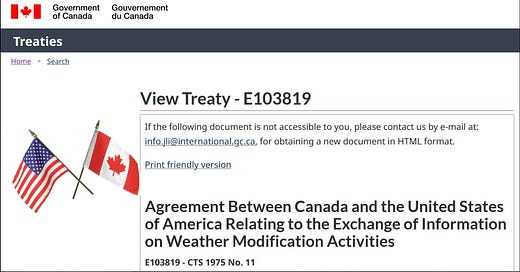



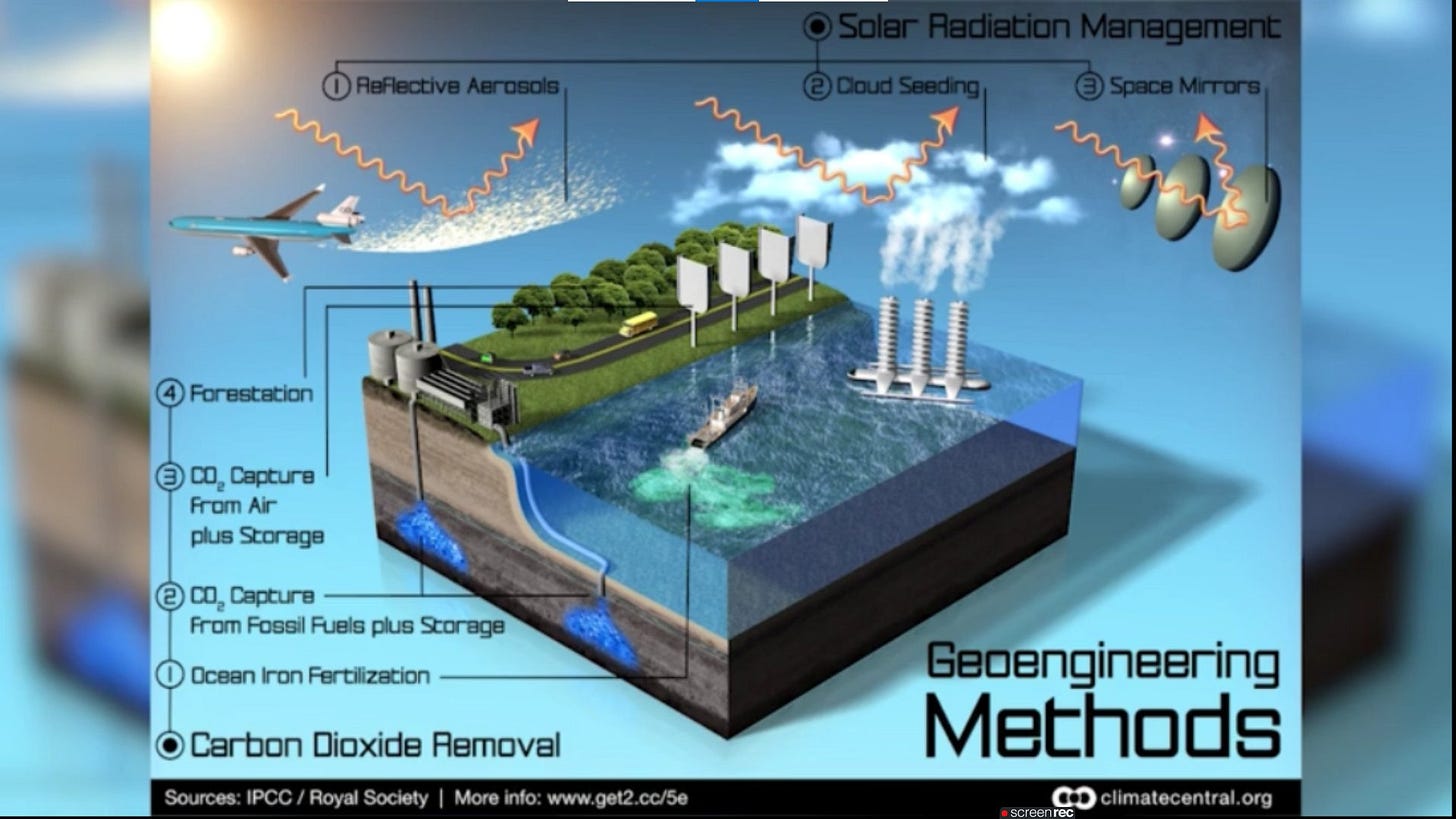
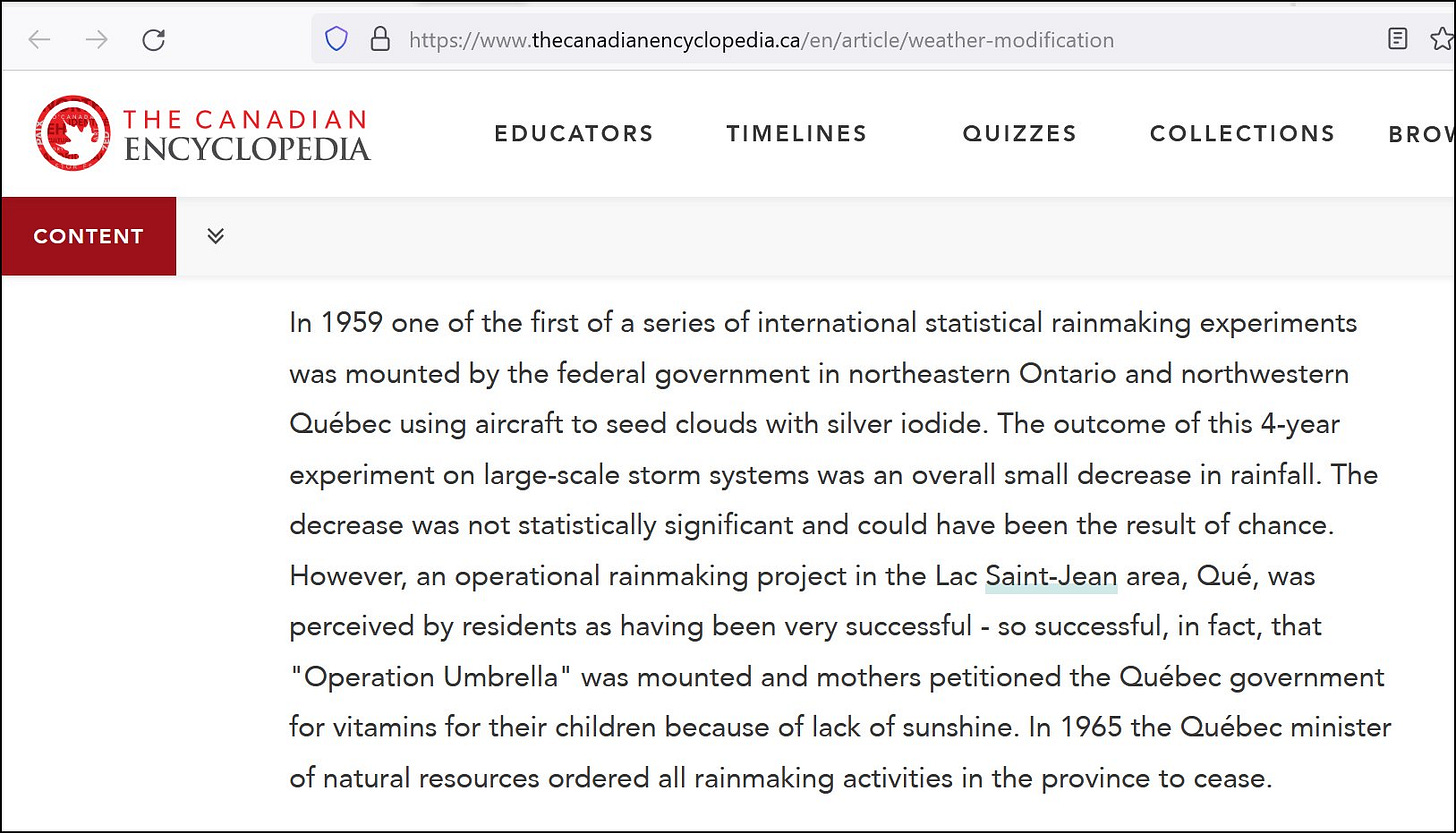
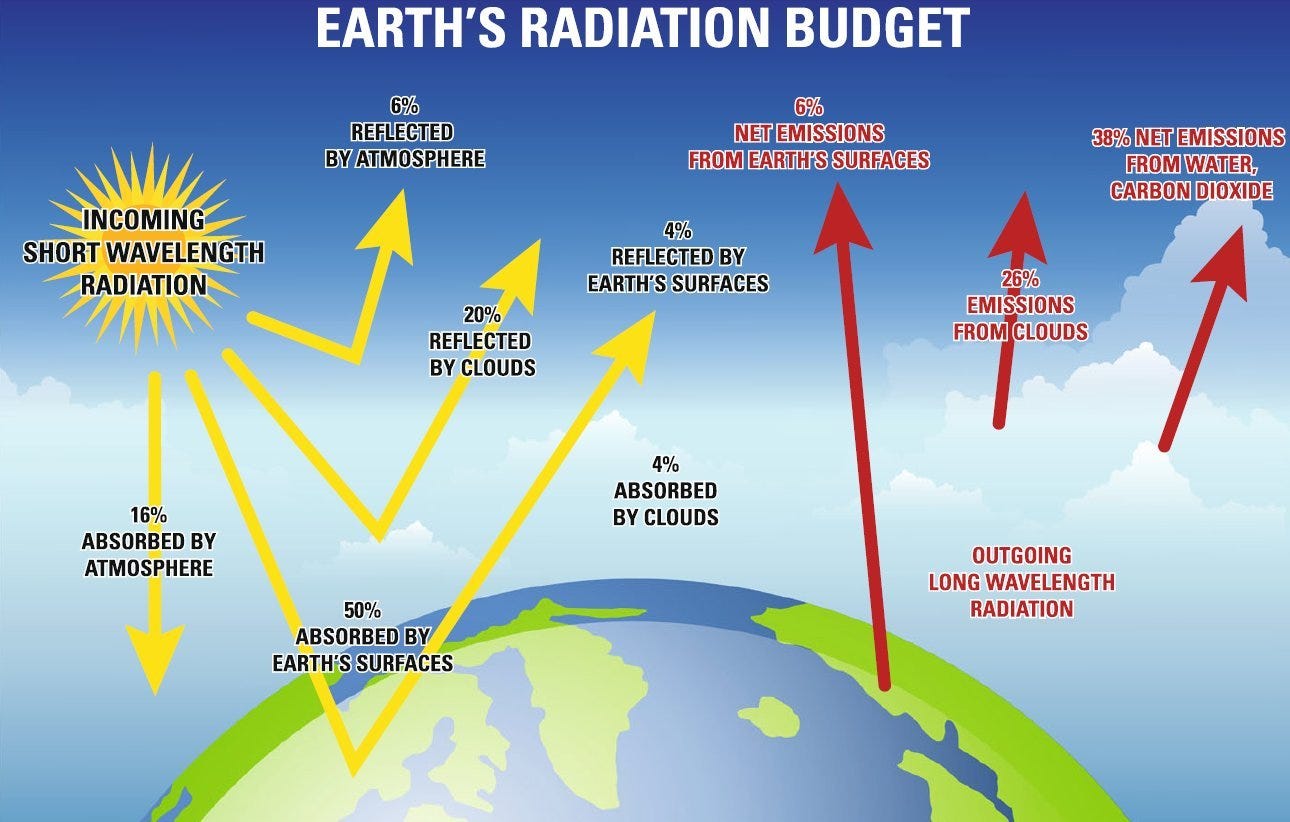

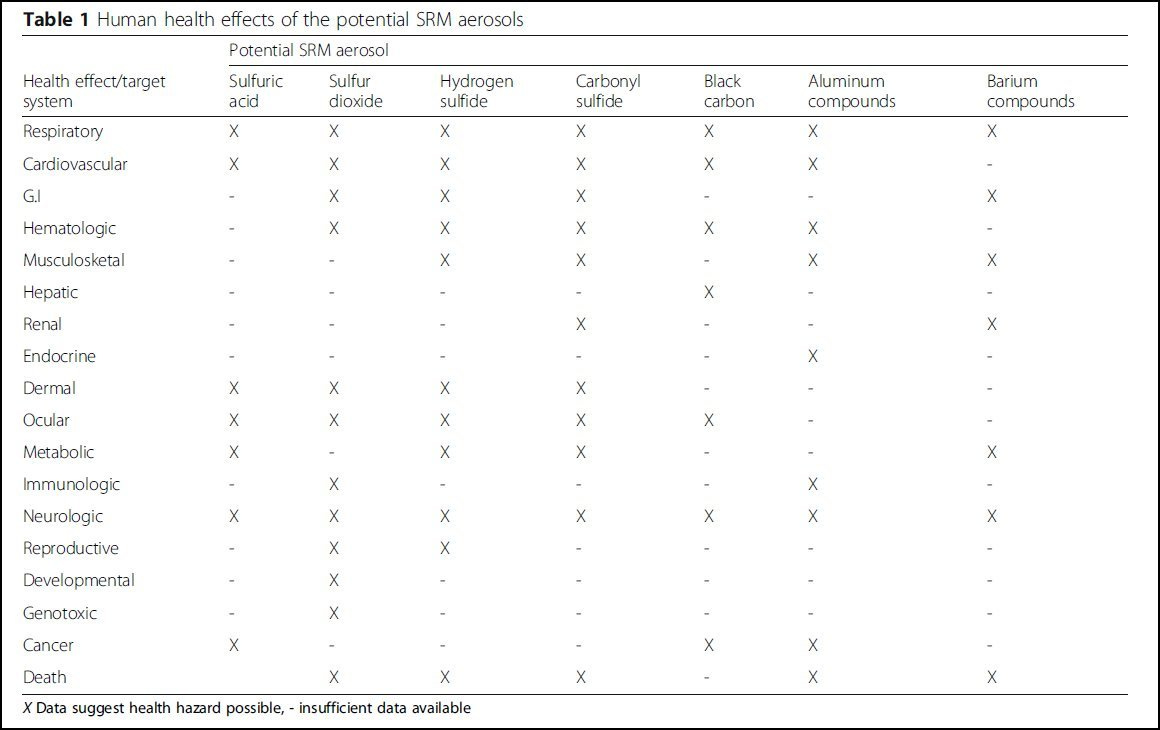
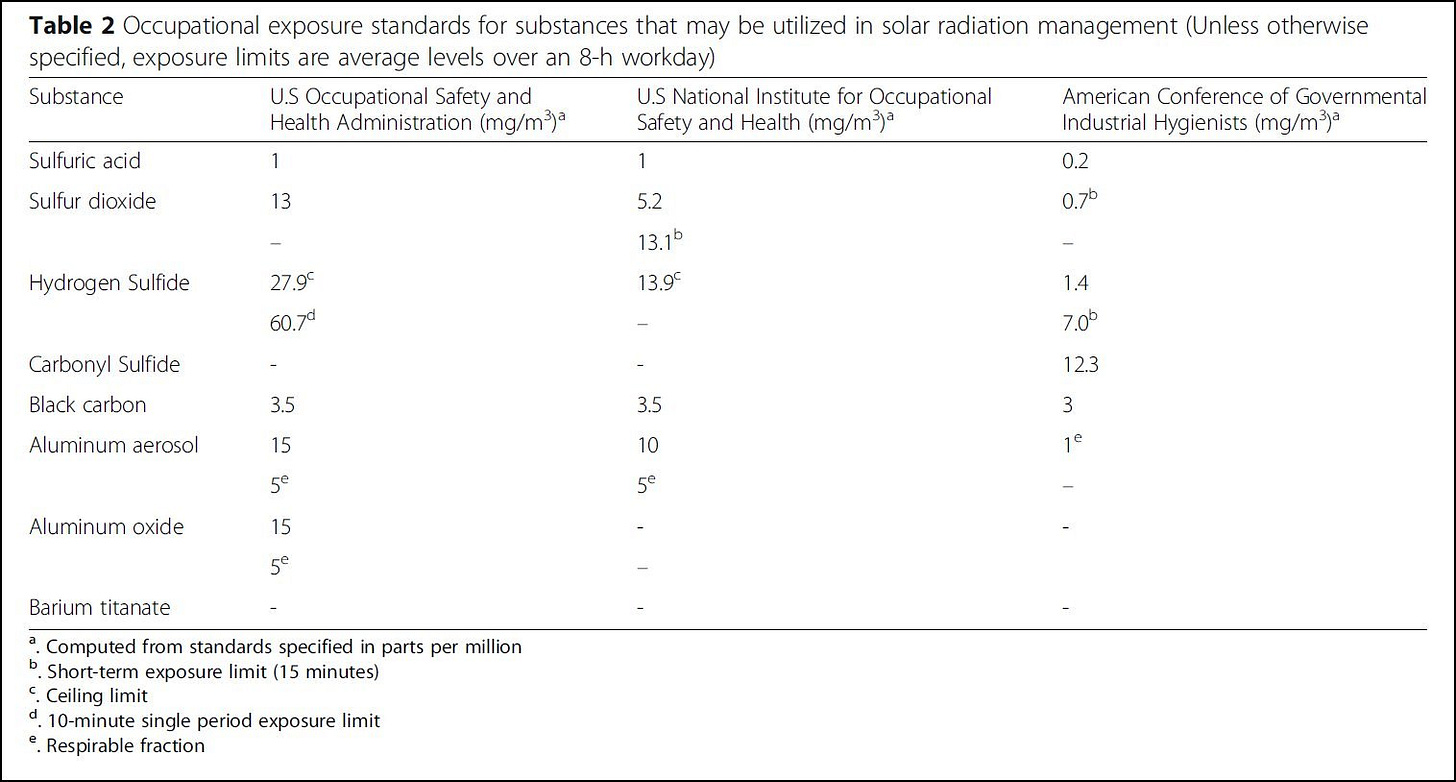
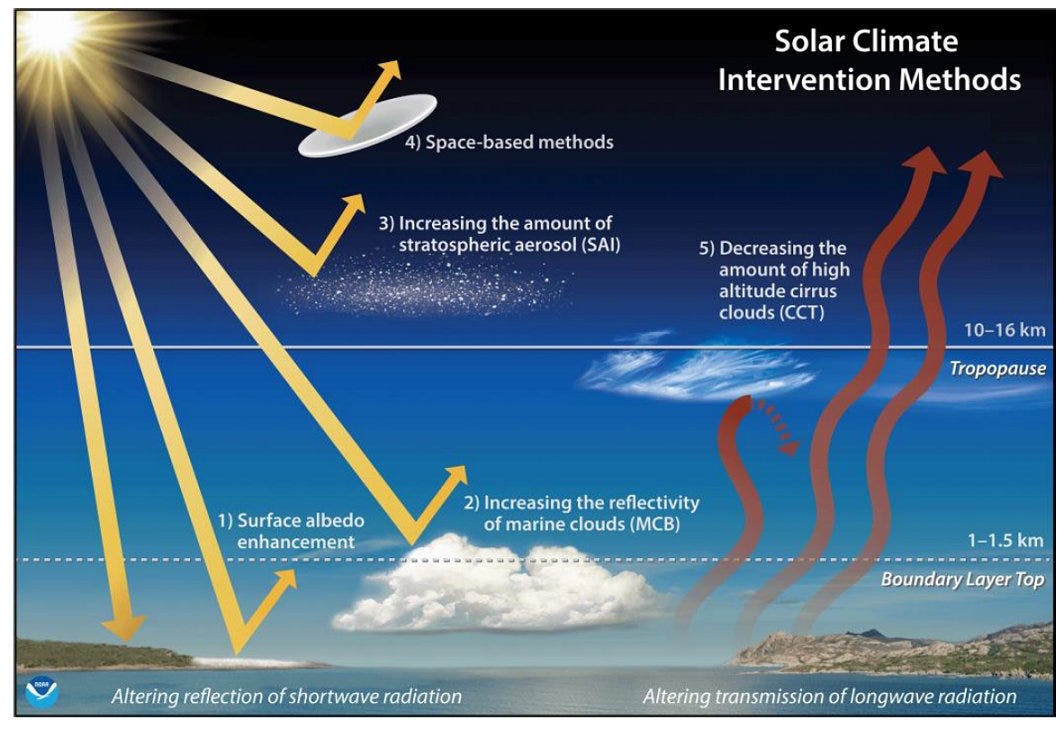
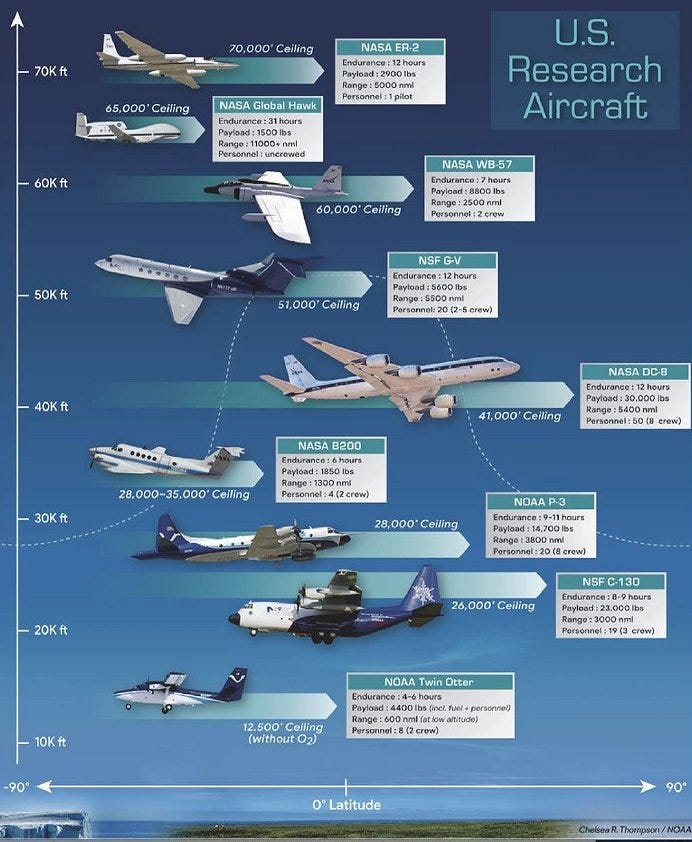
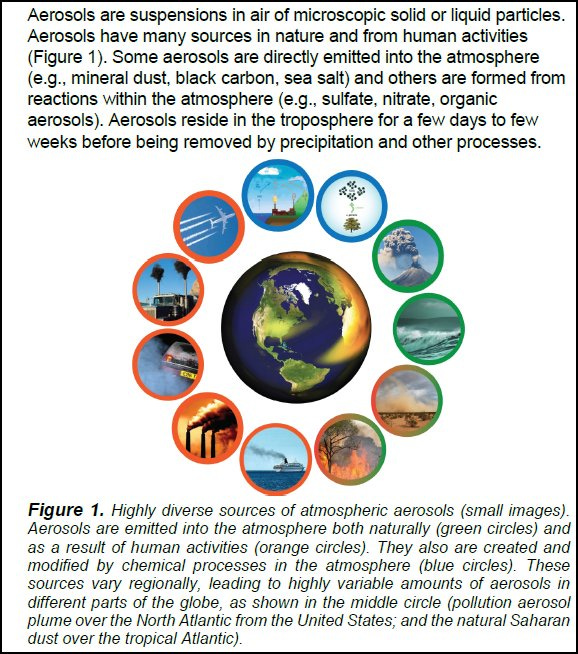
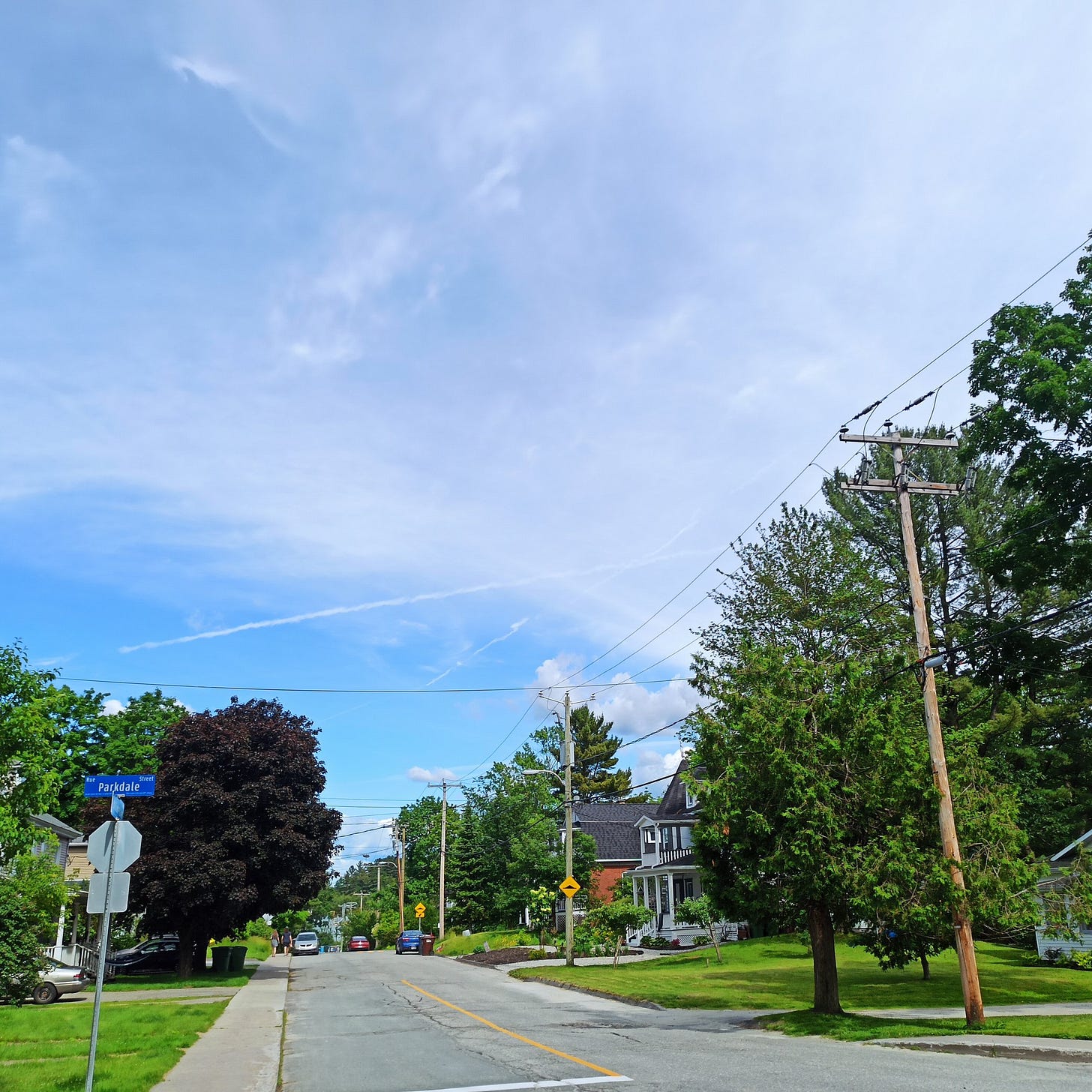
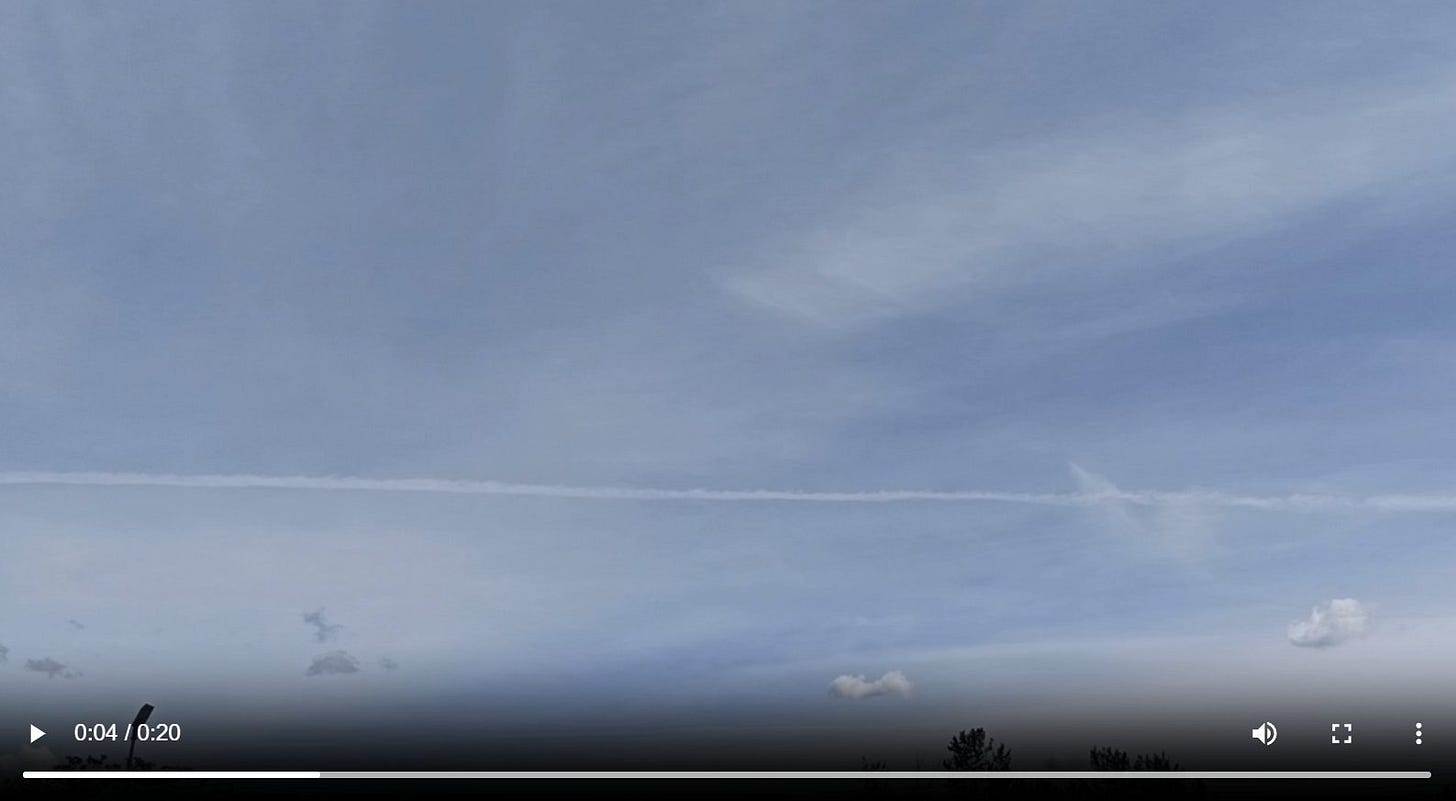
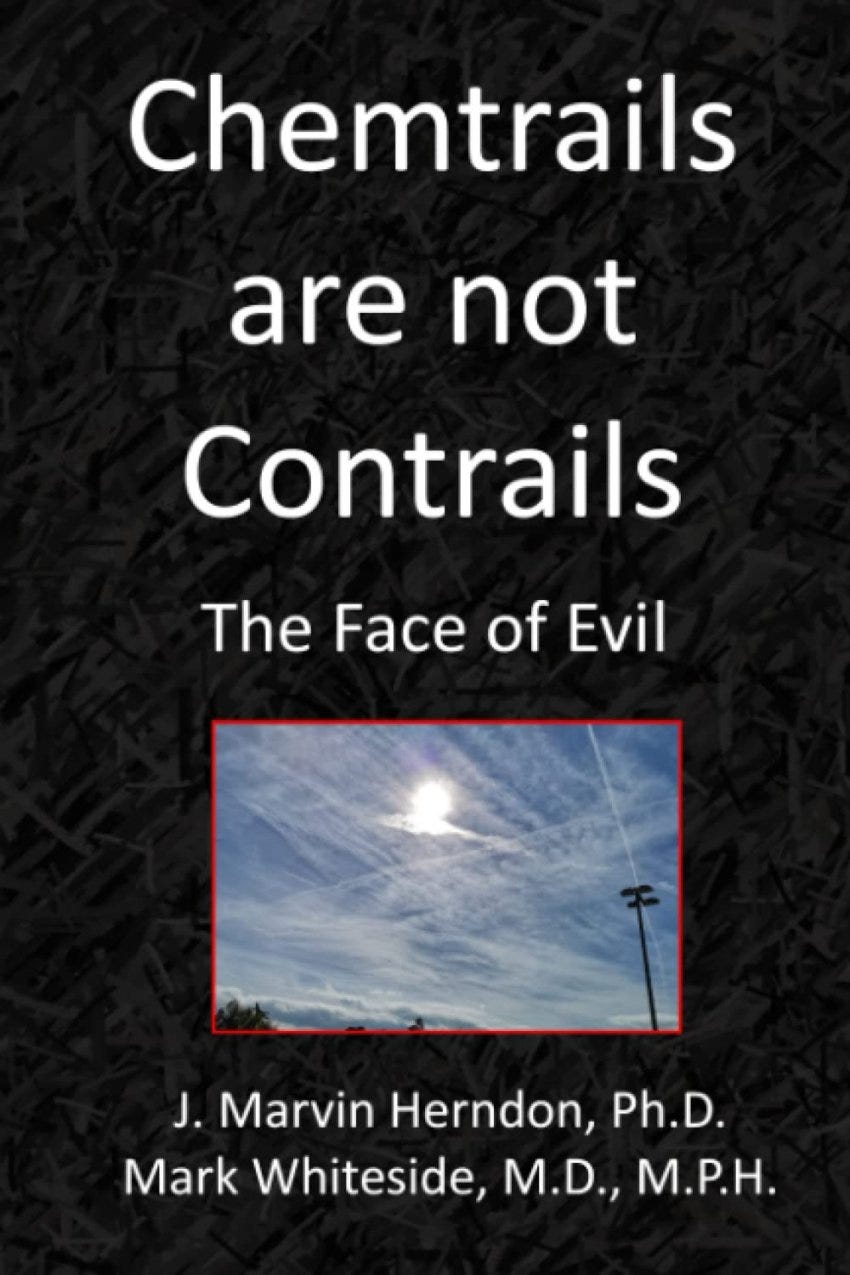
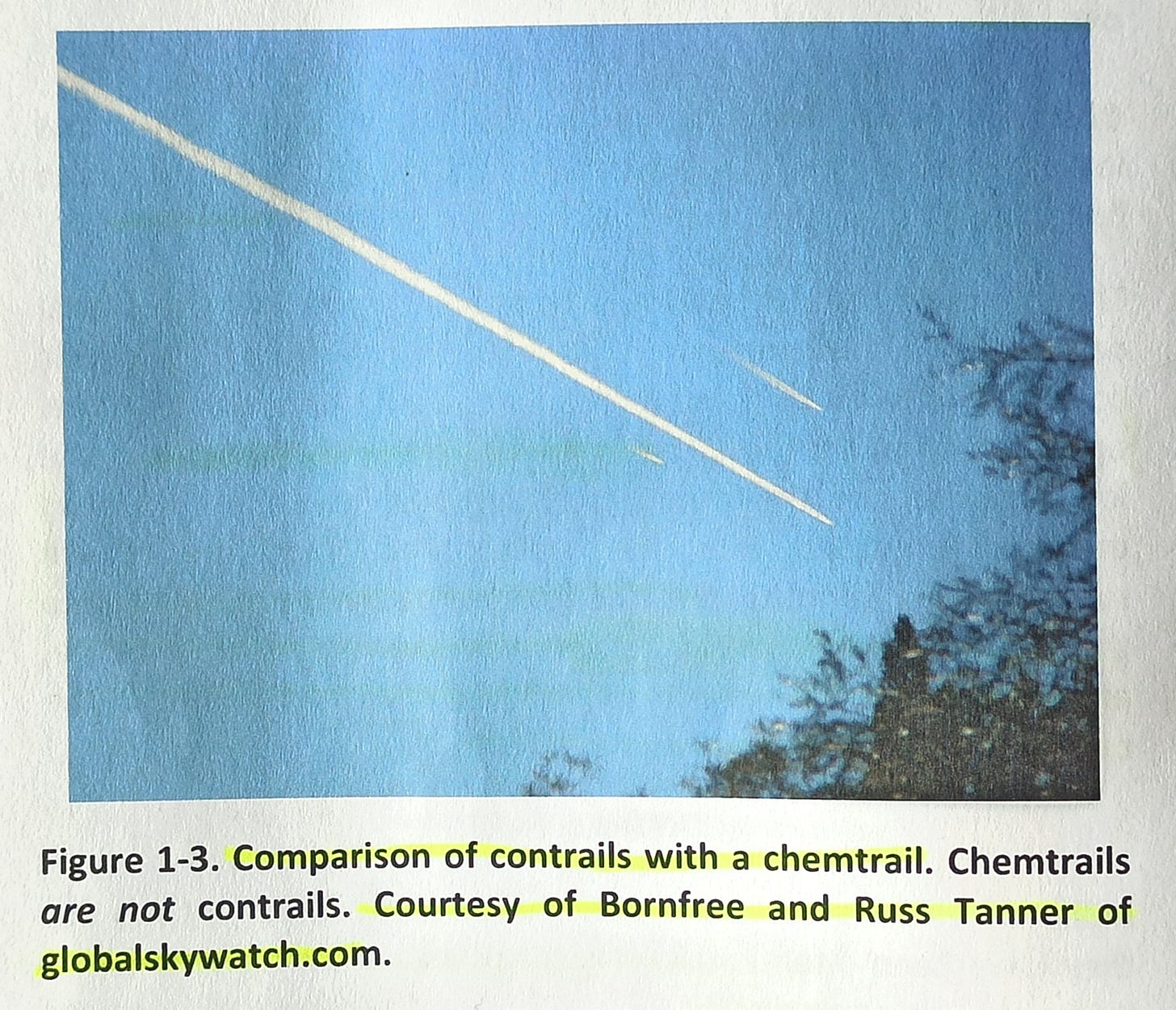

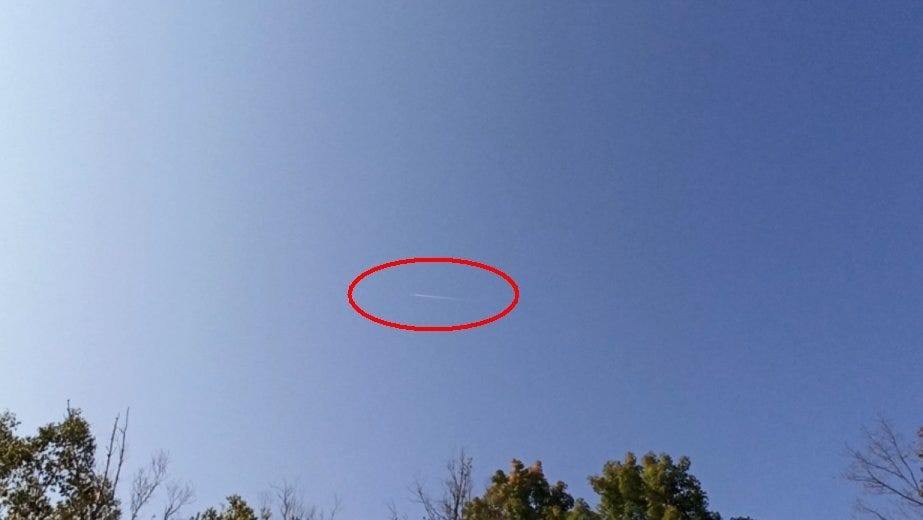
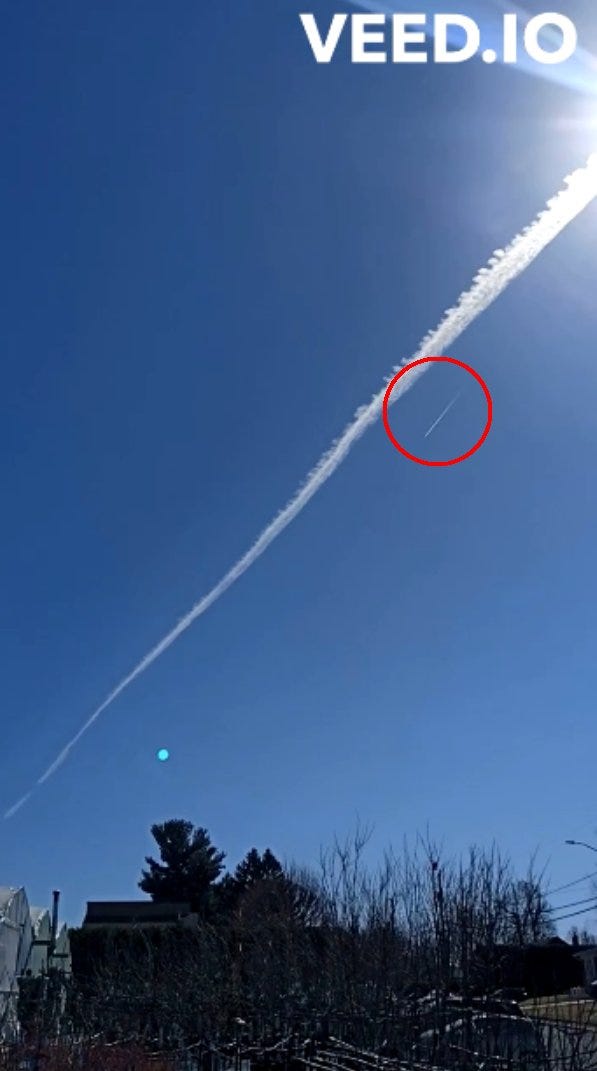
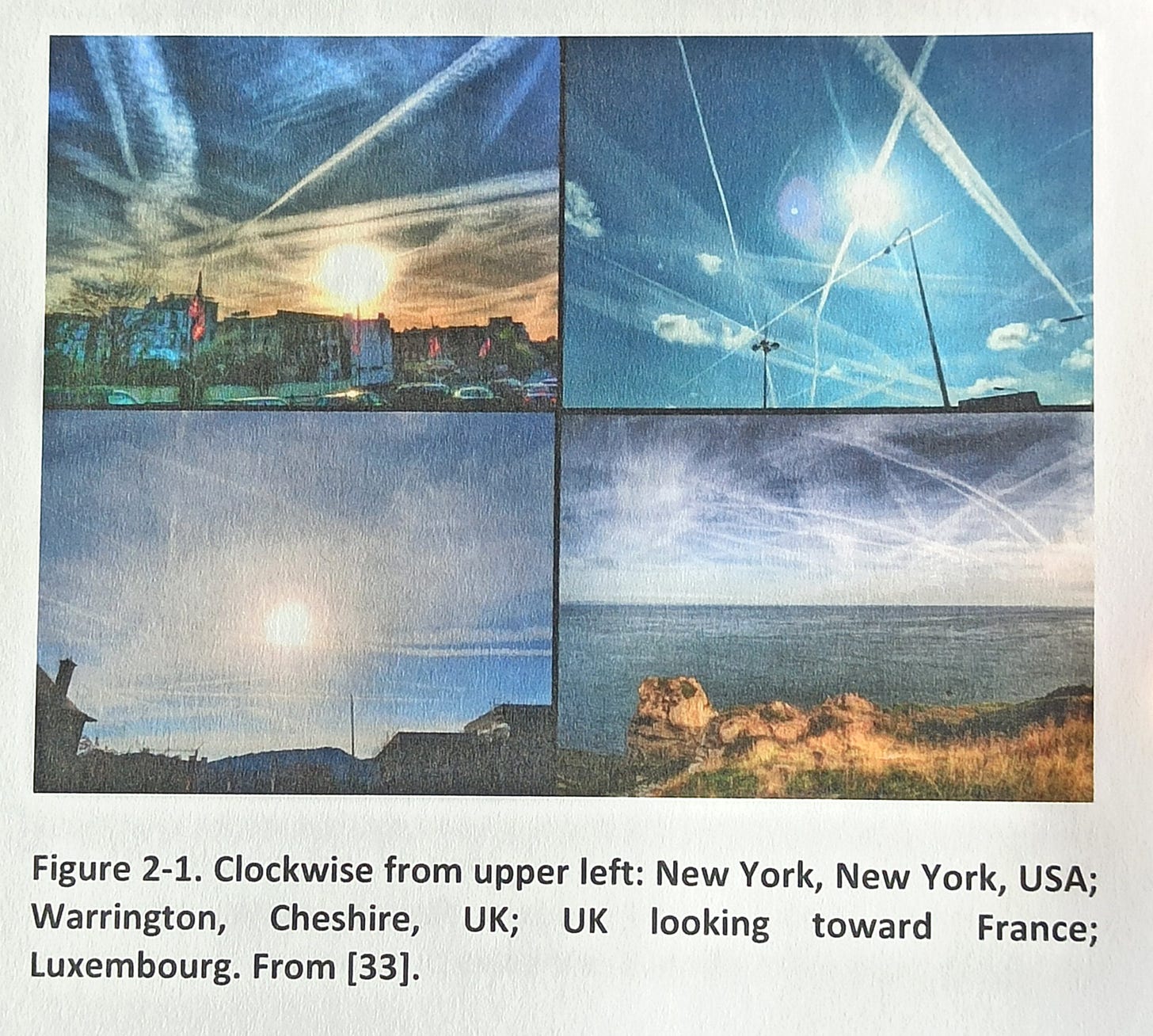


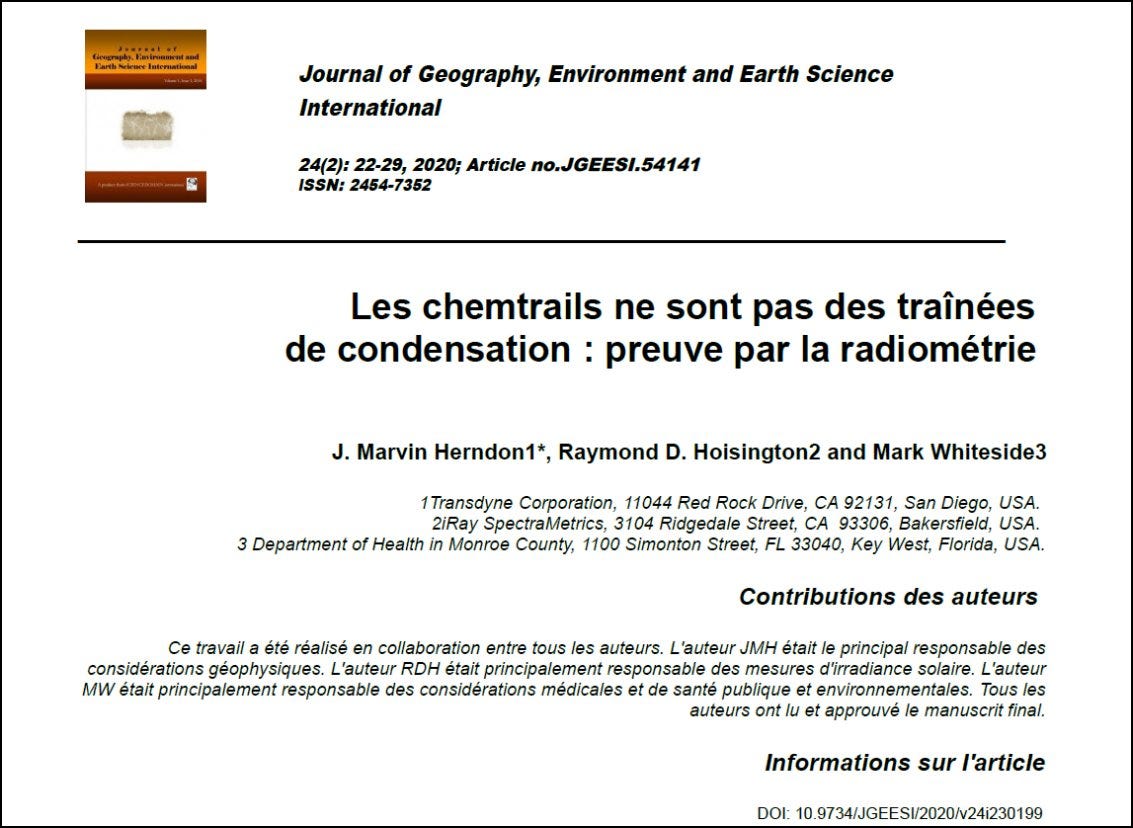

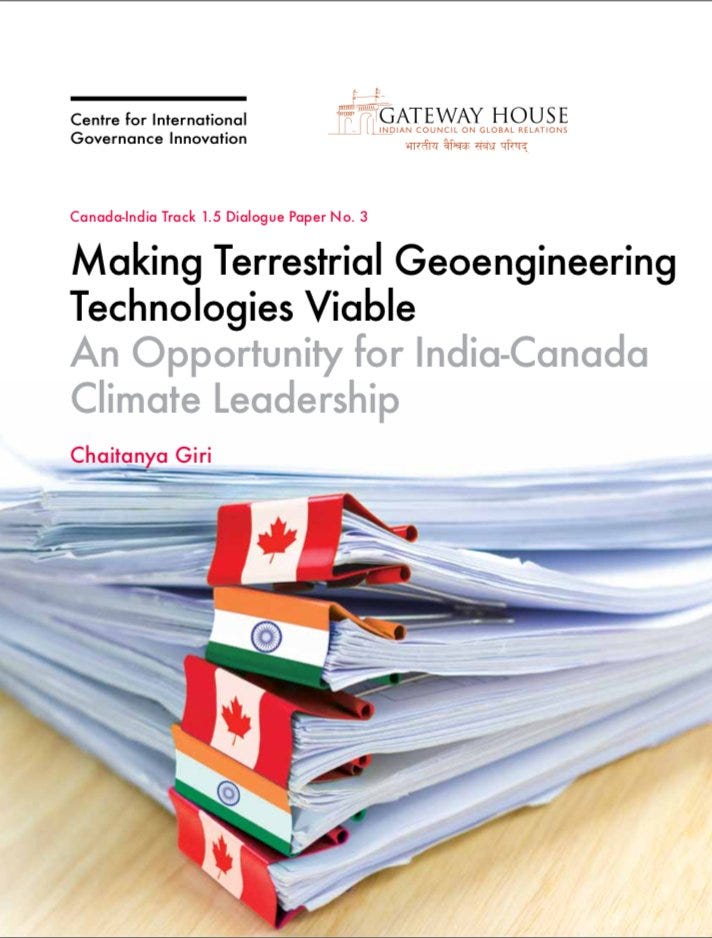
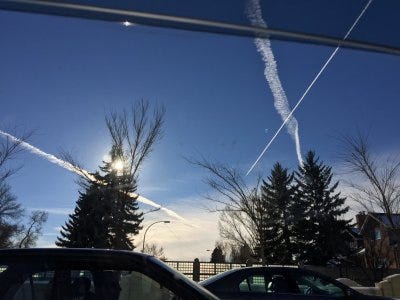
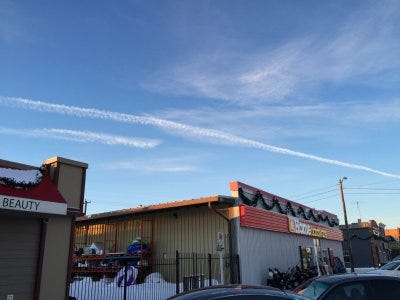
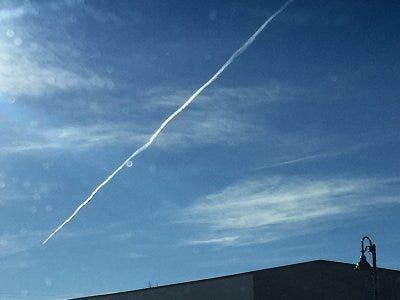
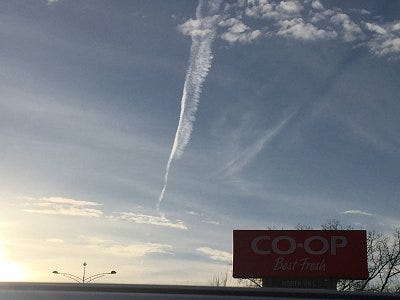

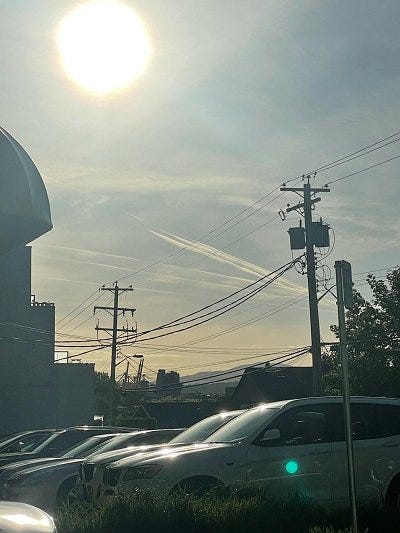
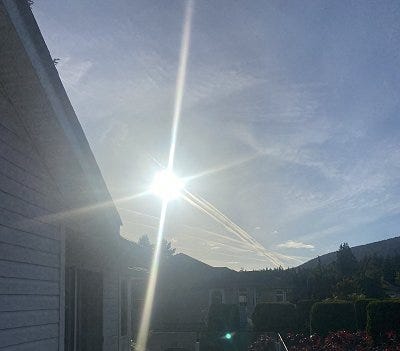
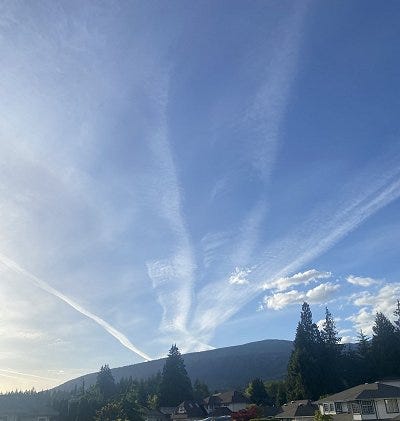
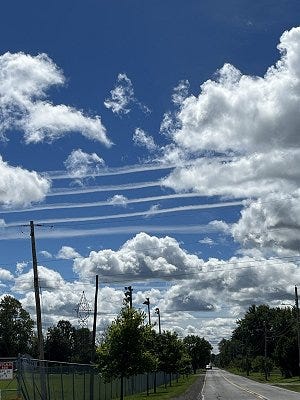
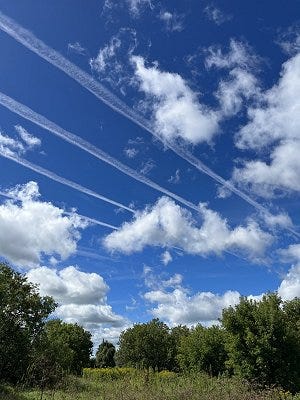
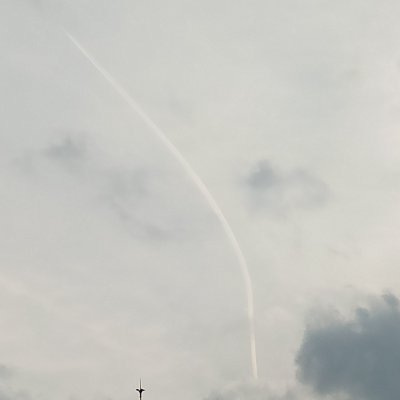
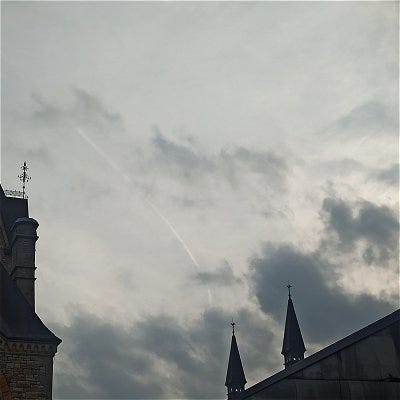
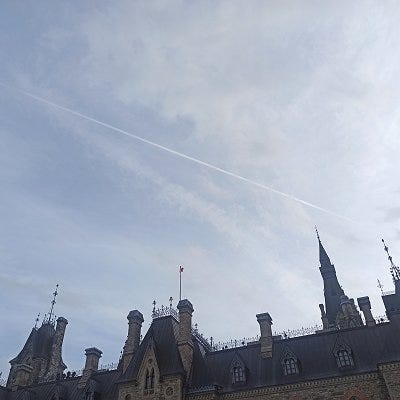
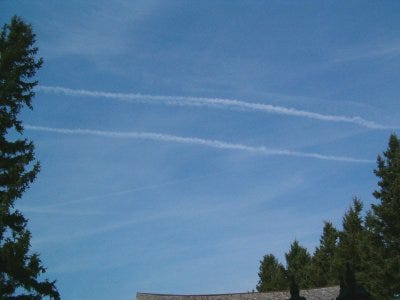
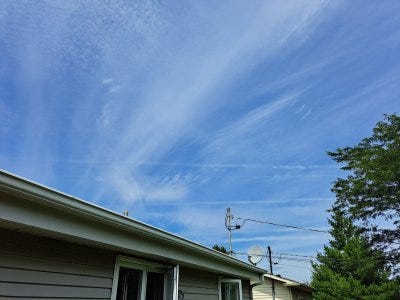
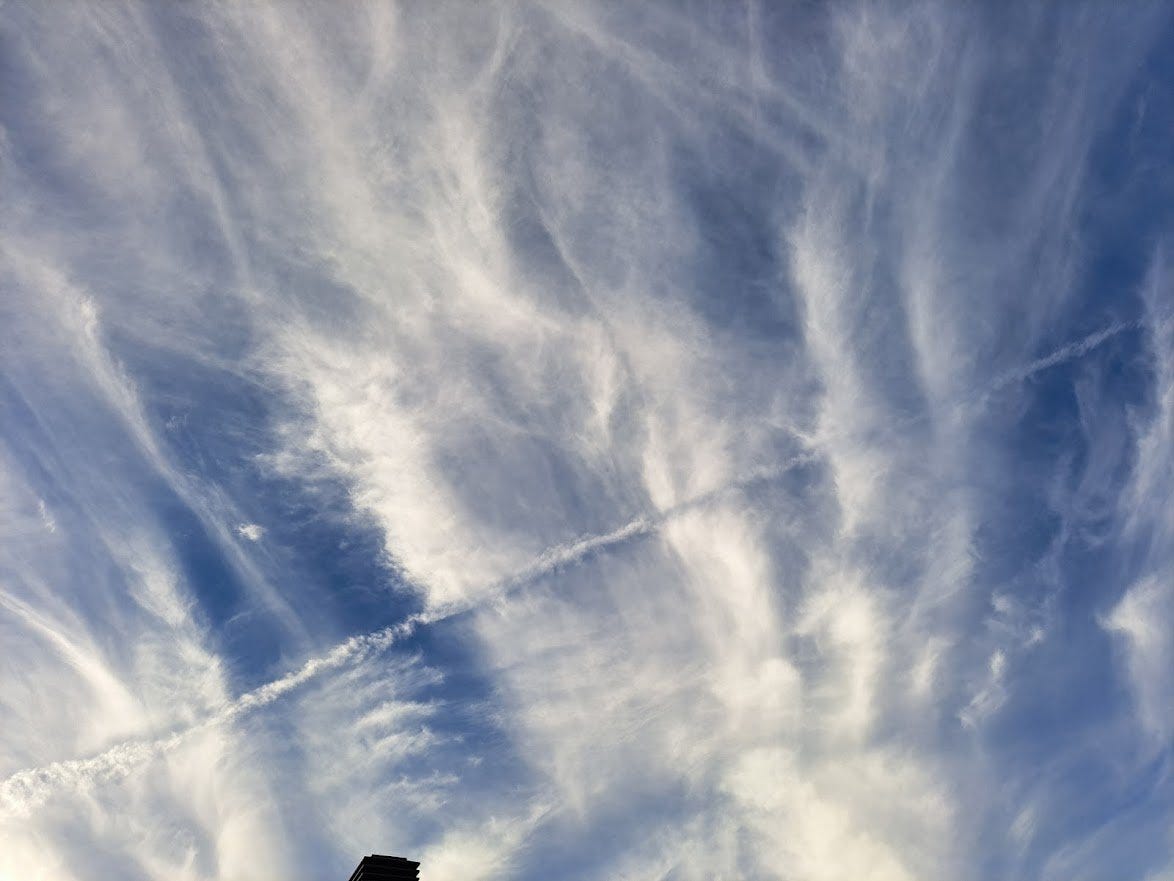

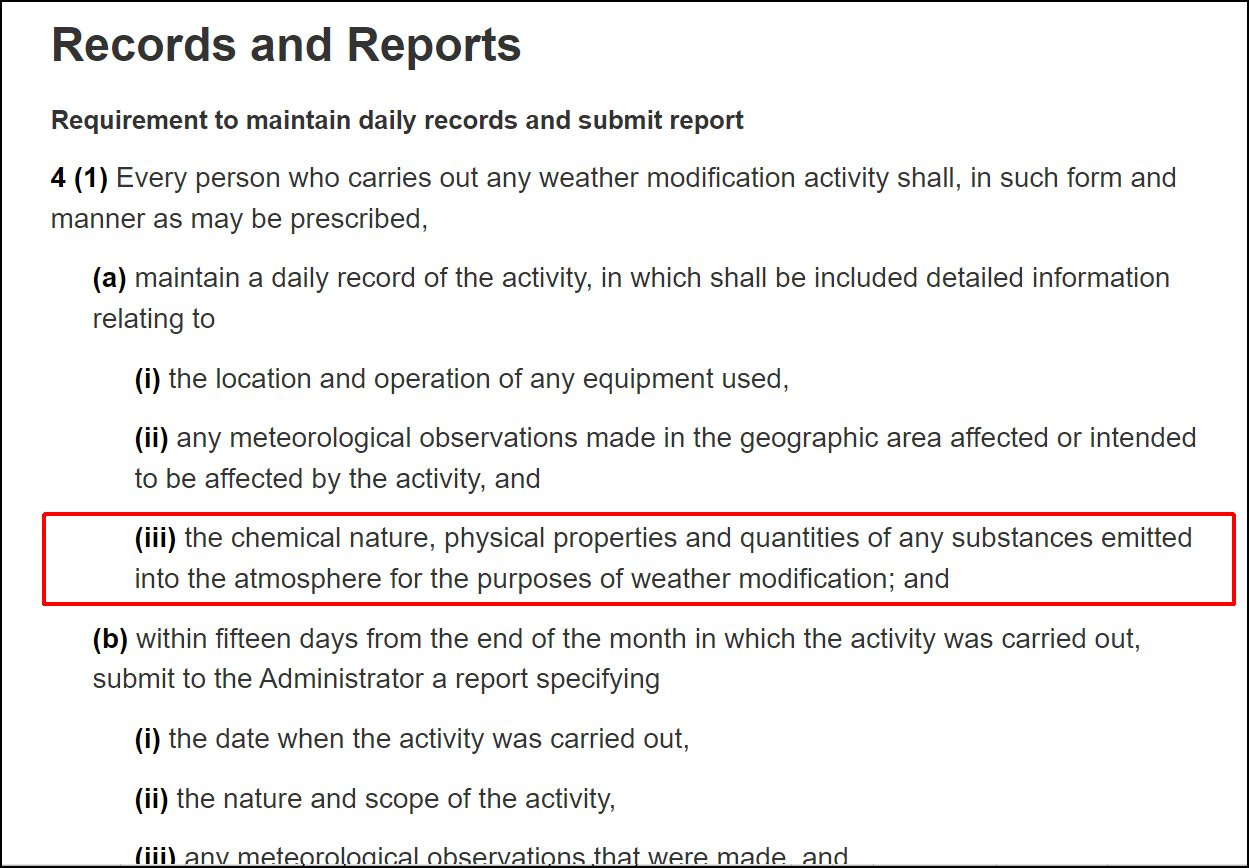
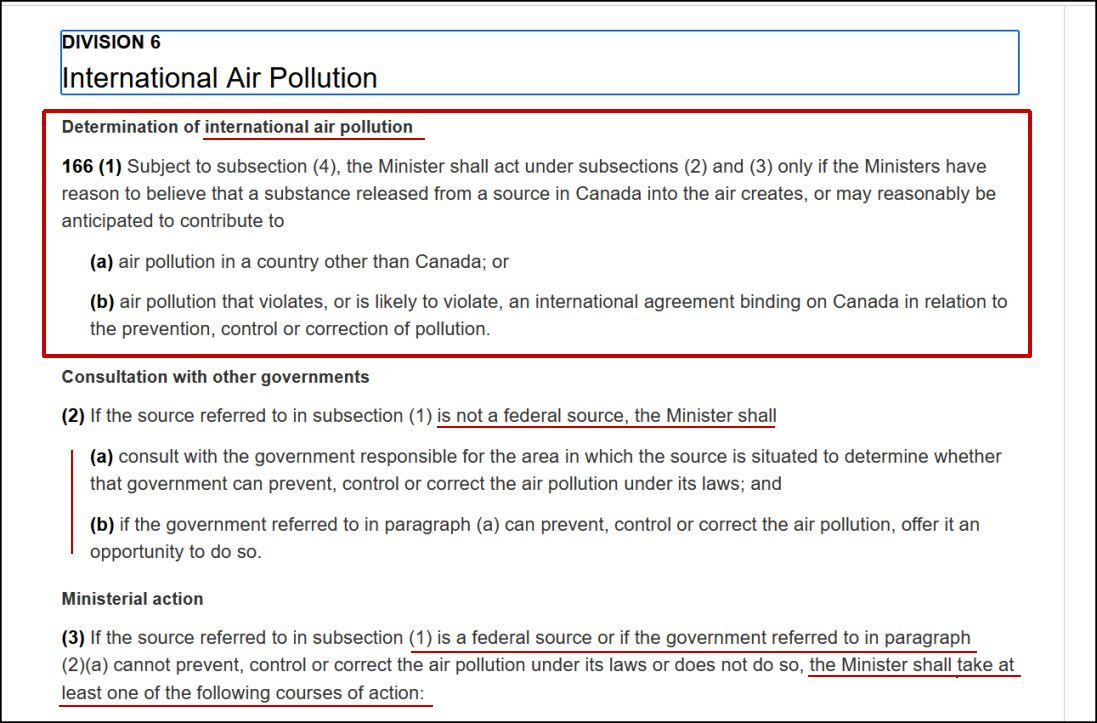
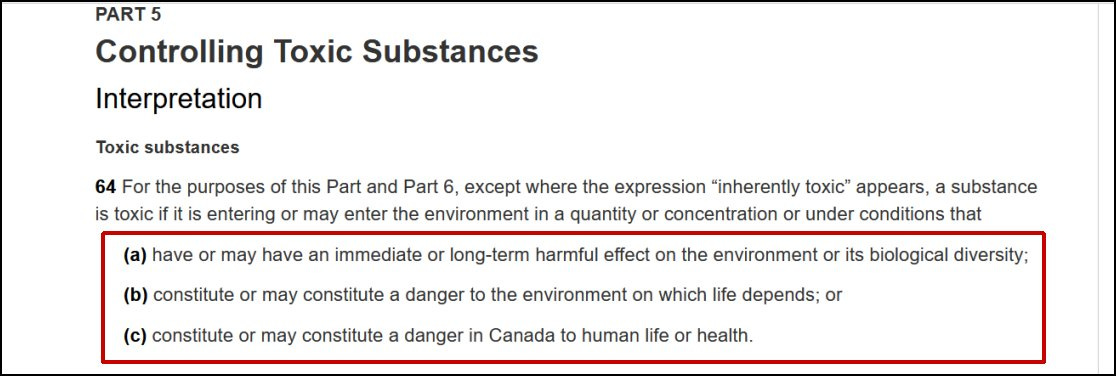

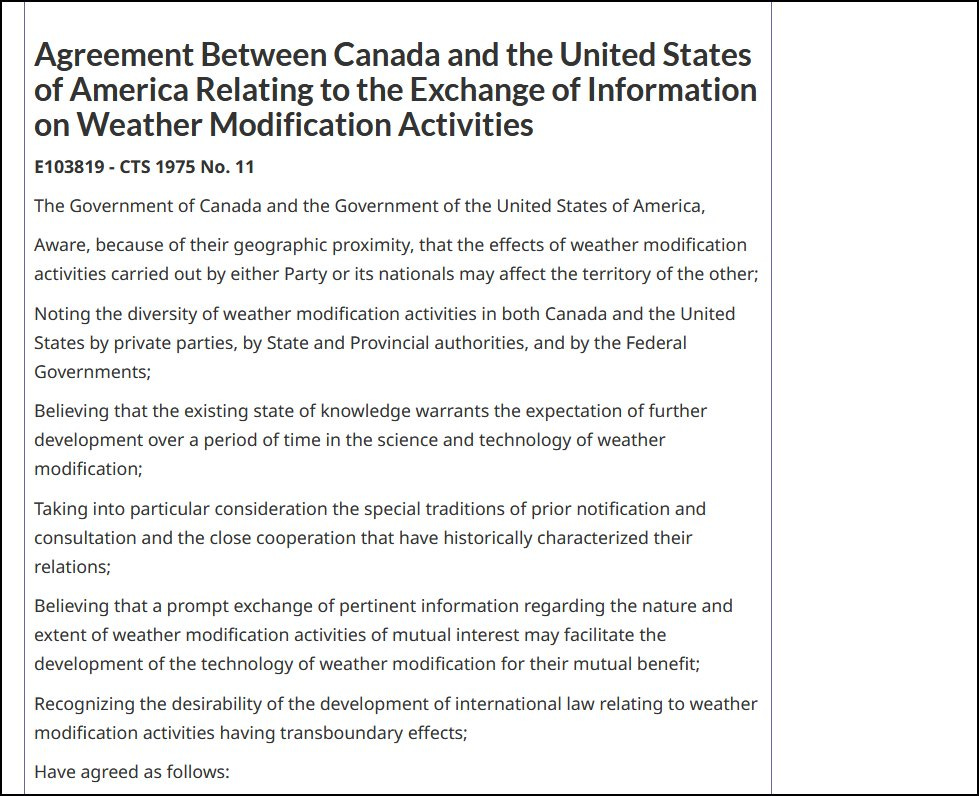
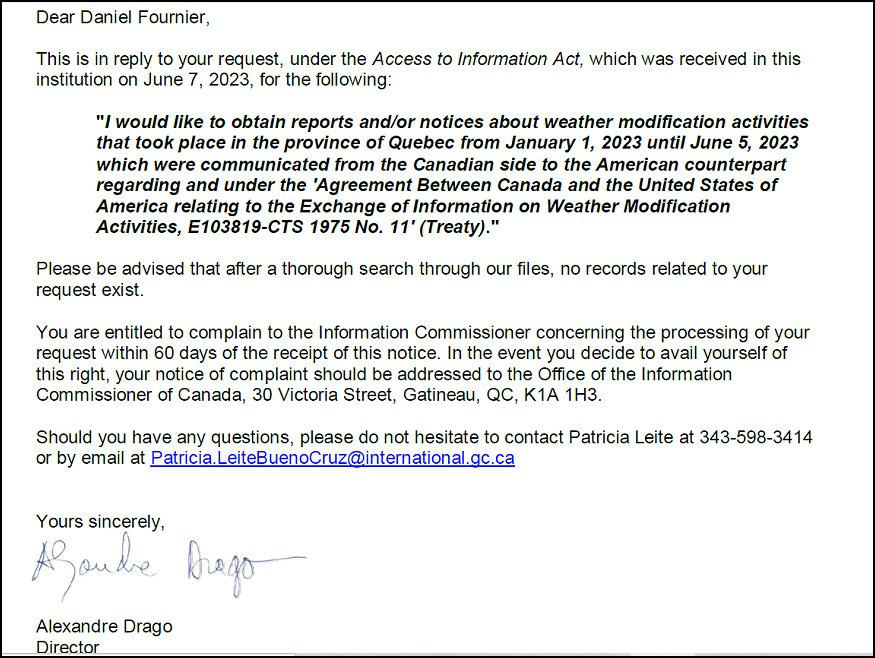
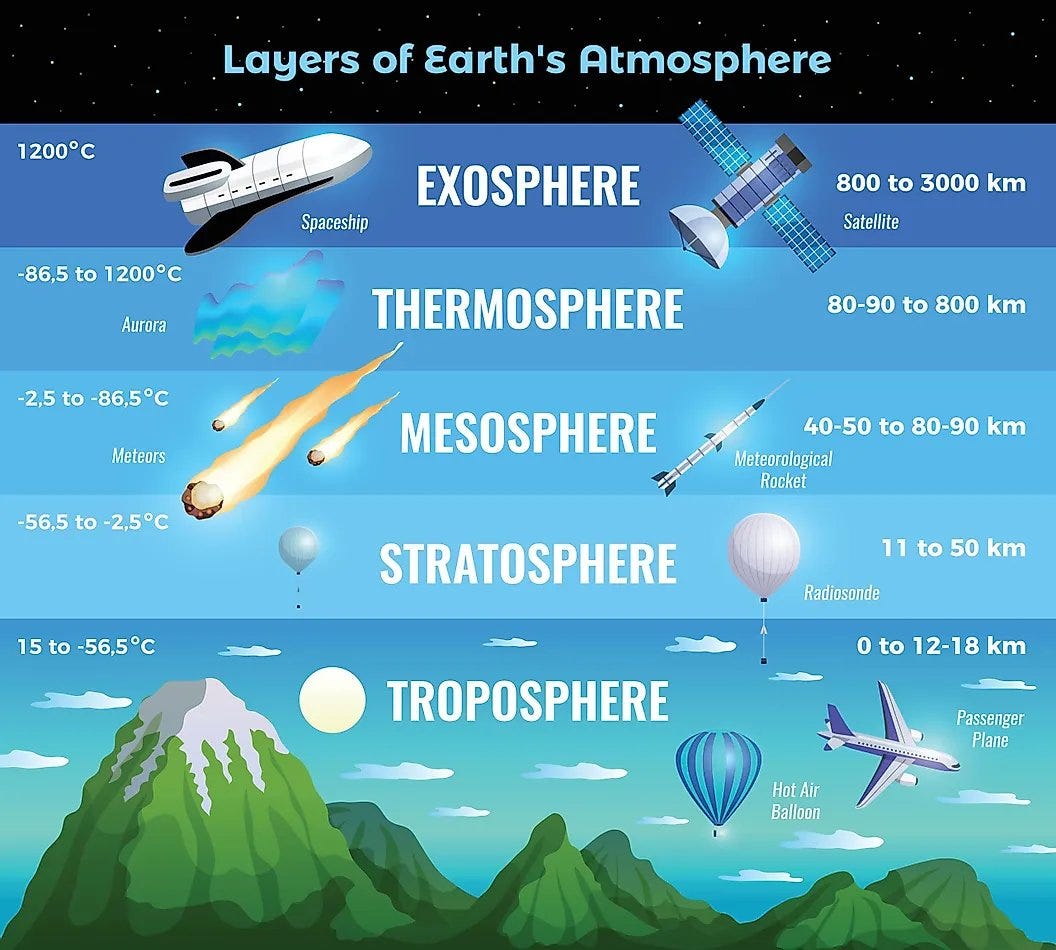
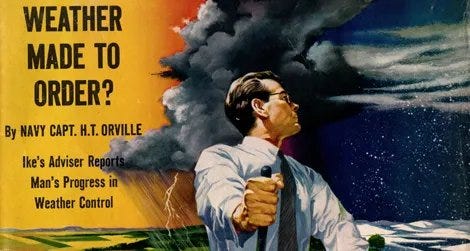
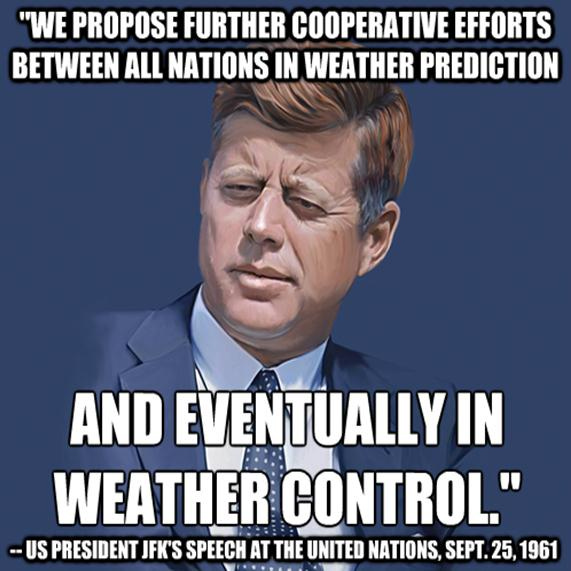
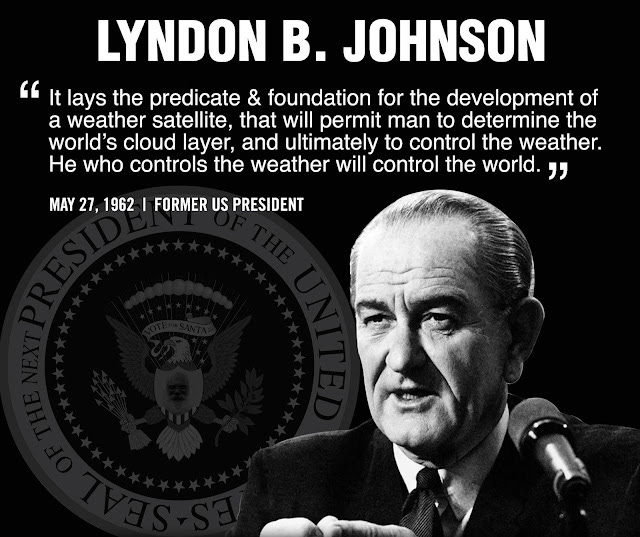



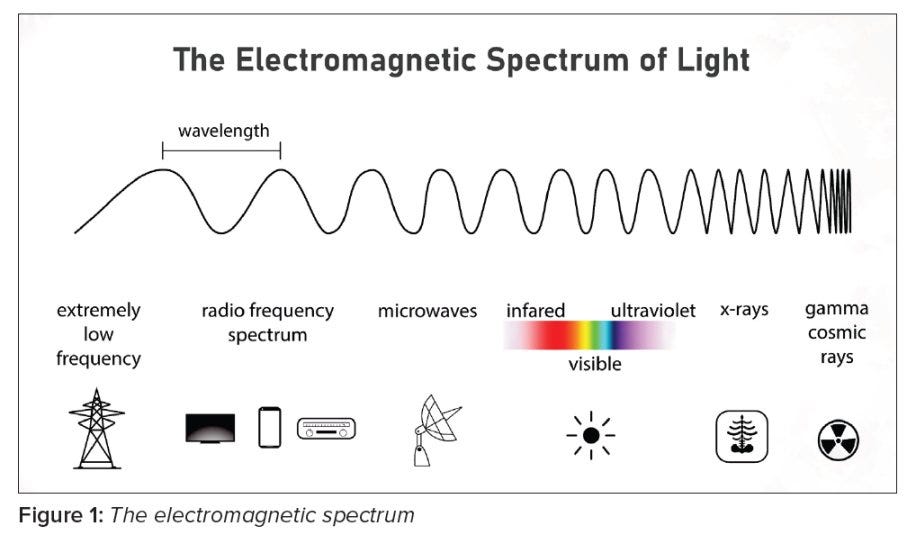
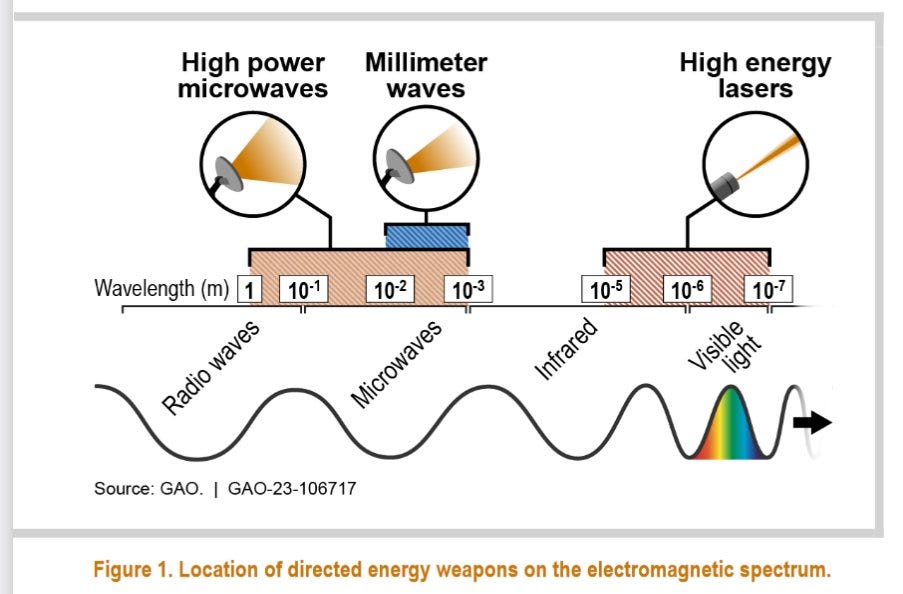
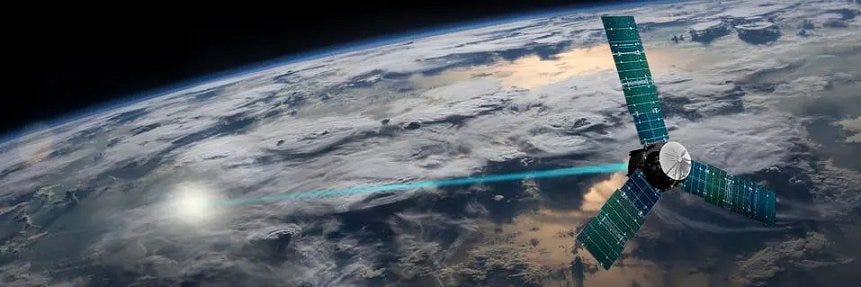
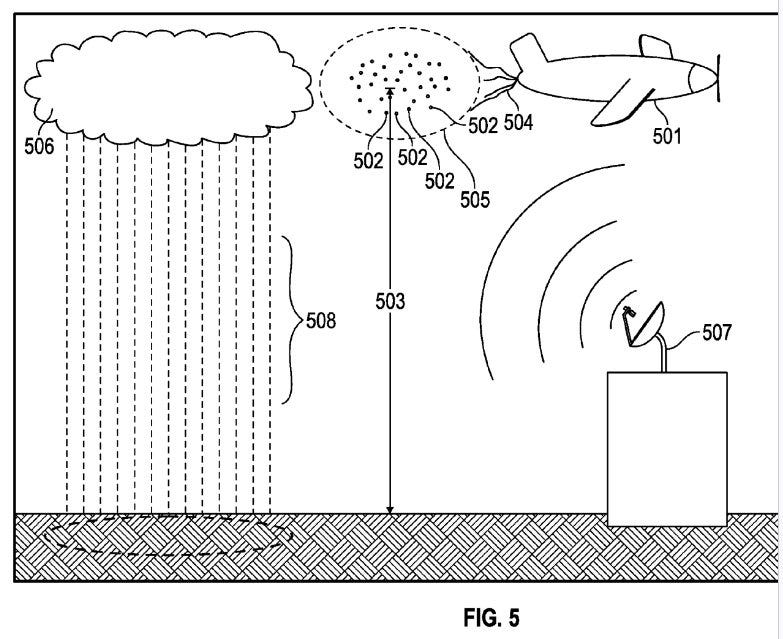
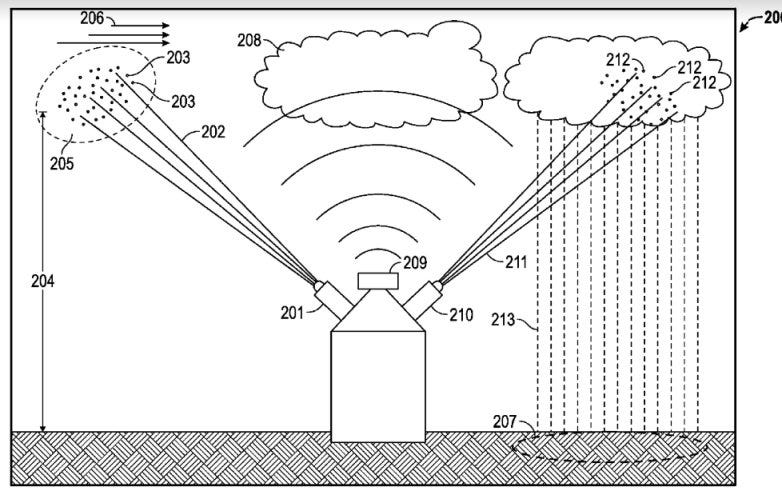
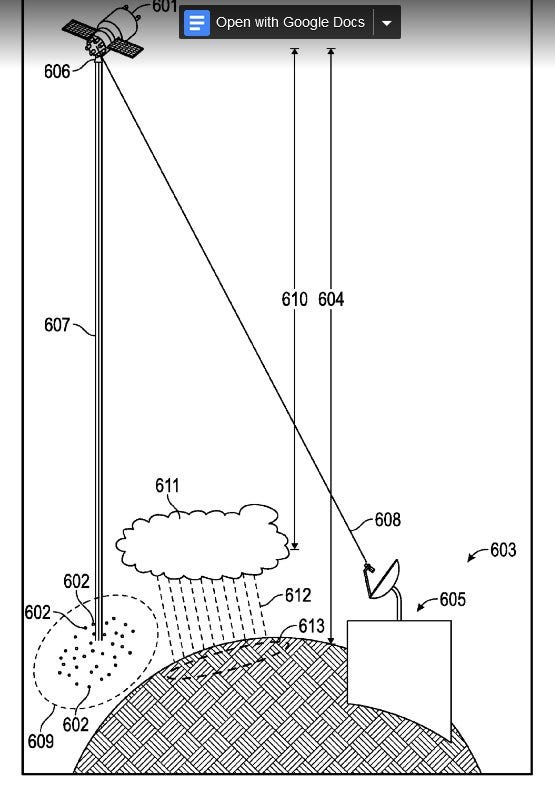
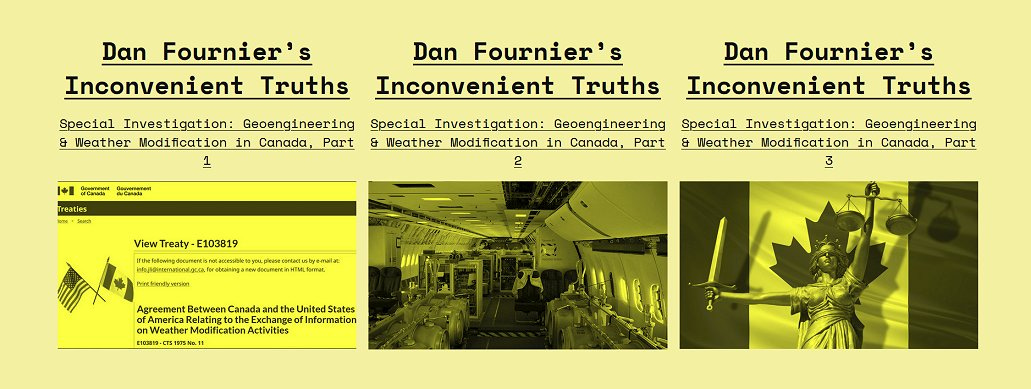



Wow! Unreal article. By far the best and most comprehensive report on this important topic that I’ve come across to date. You definitely have earned my support for this one. Keep up the great work!
I listed the most important articles I’ve published at my Substack site and provided brief text explaining WHY I thought they were important. I’d love to see more Substack authors do the same thing. I think some of our “best stories” are missed or don’t get the attention they warrant.
https://billricejr.substack.com/p/these-are-the-most-important-articles?utm_source=profile&utm_medium=reader2